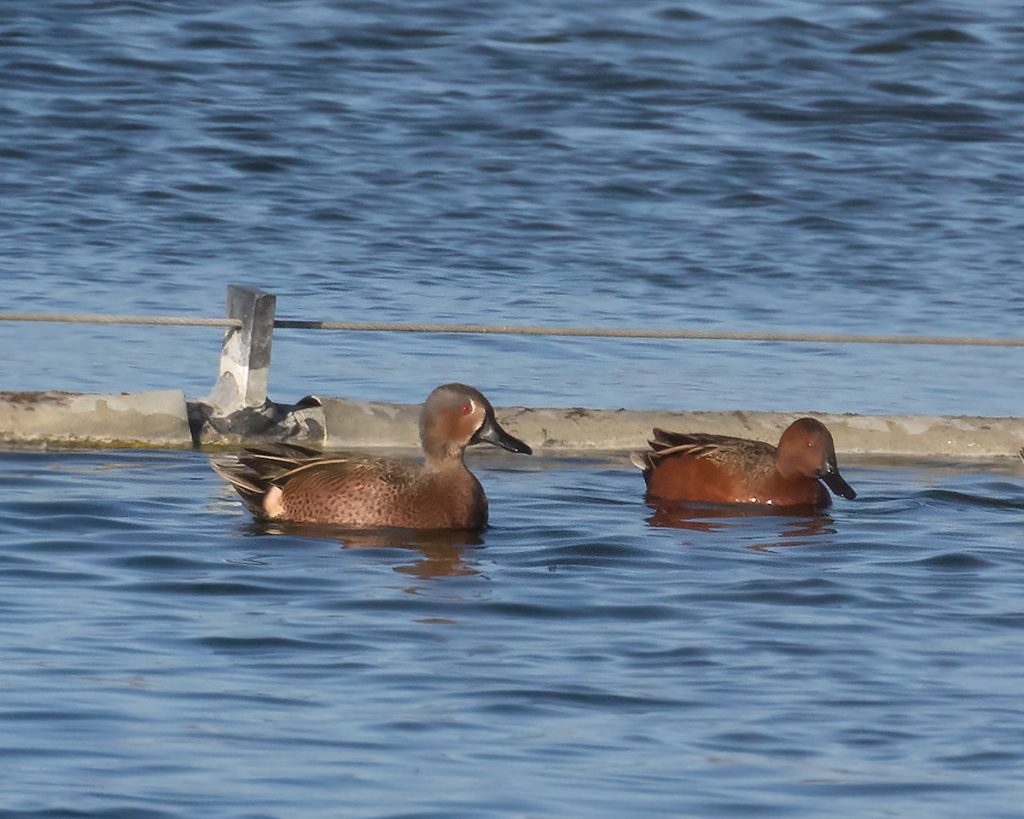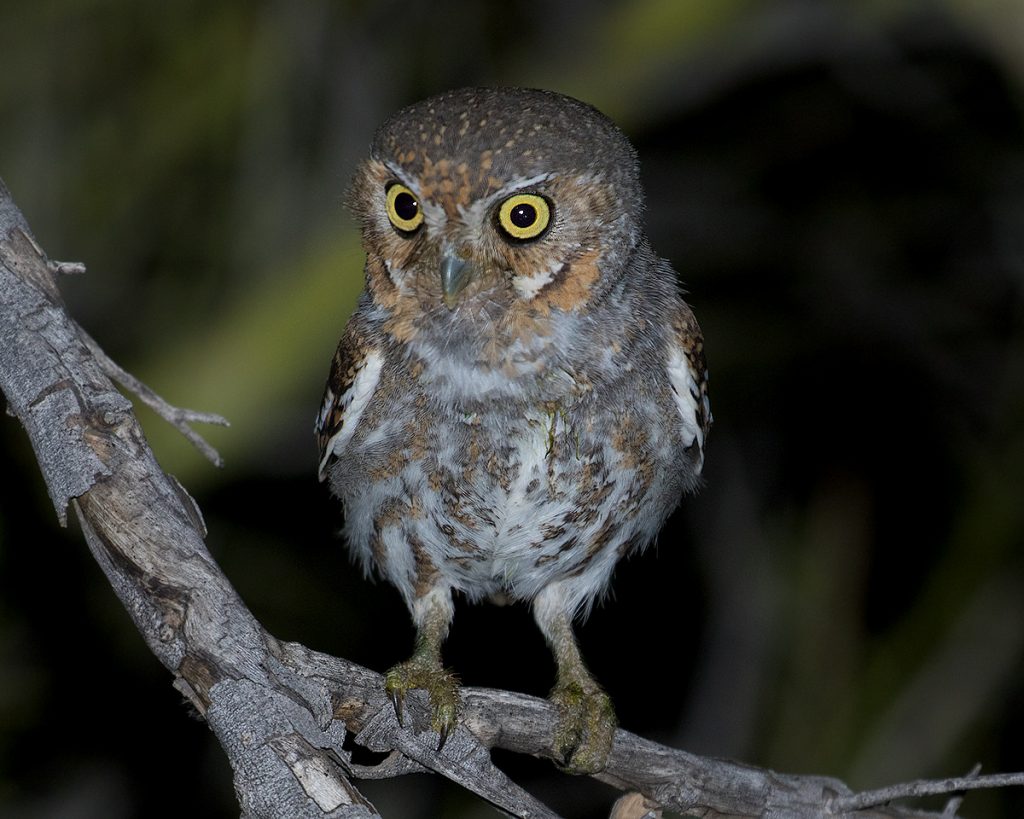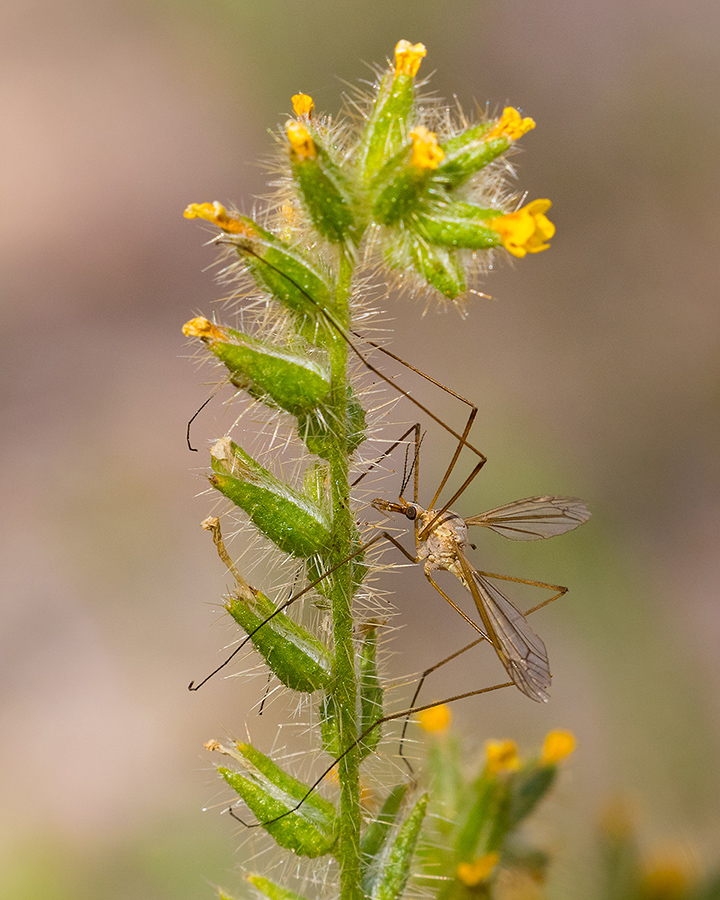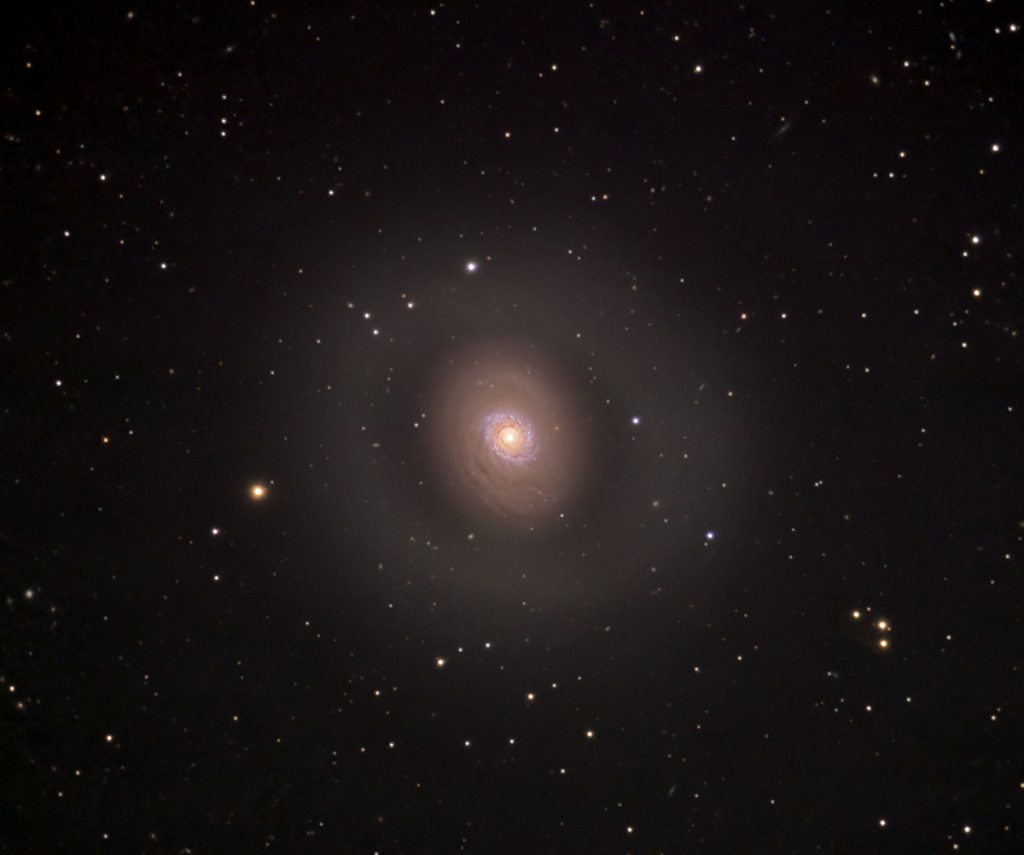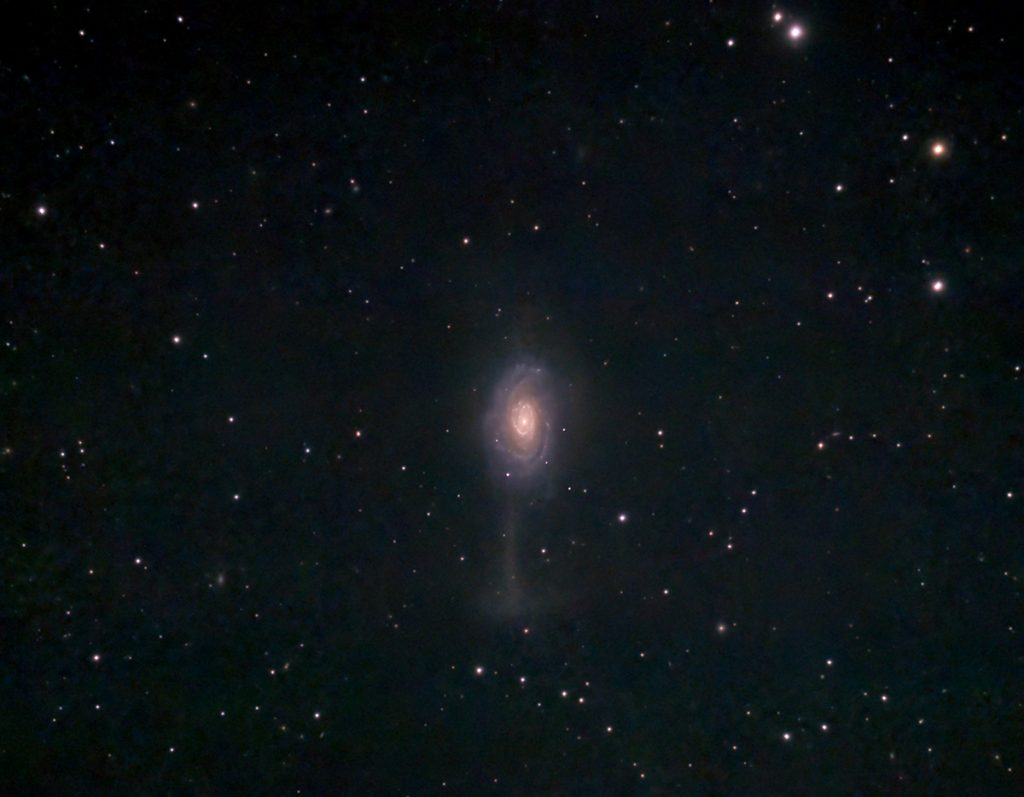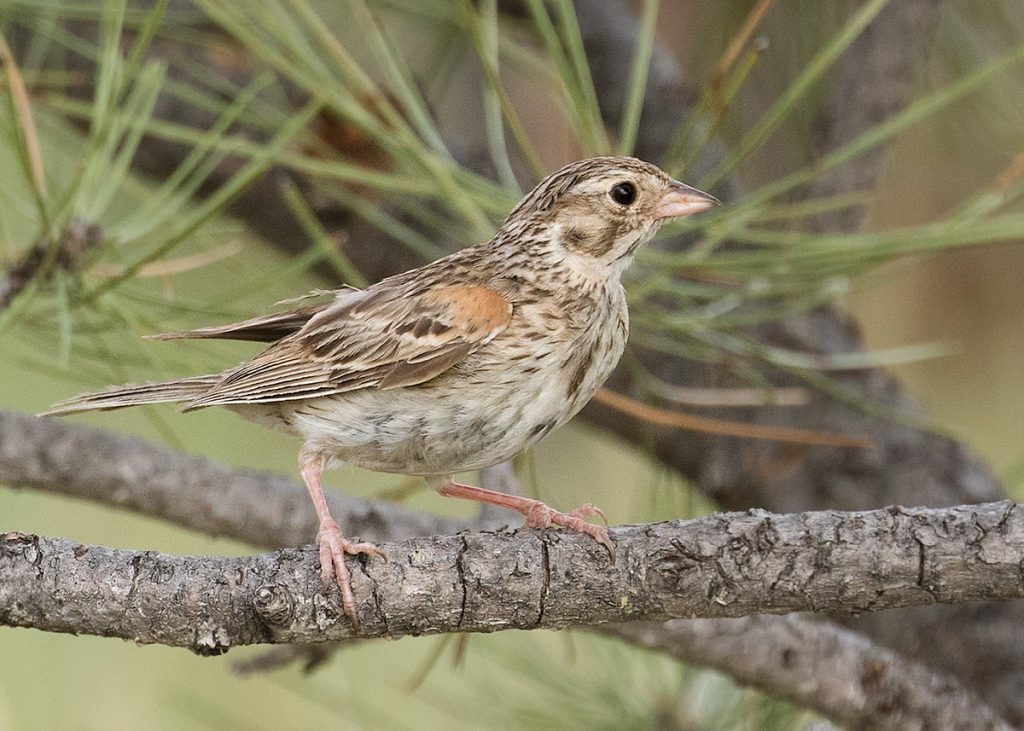
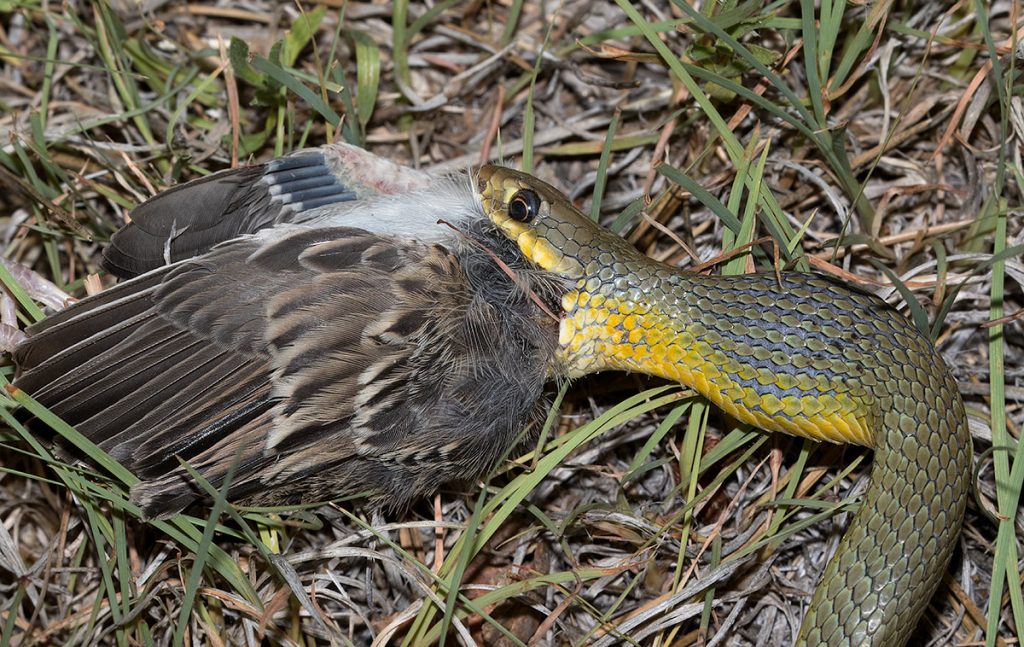
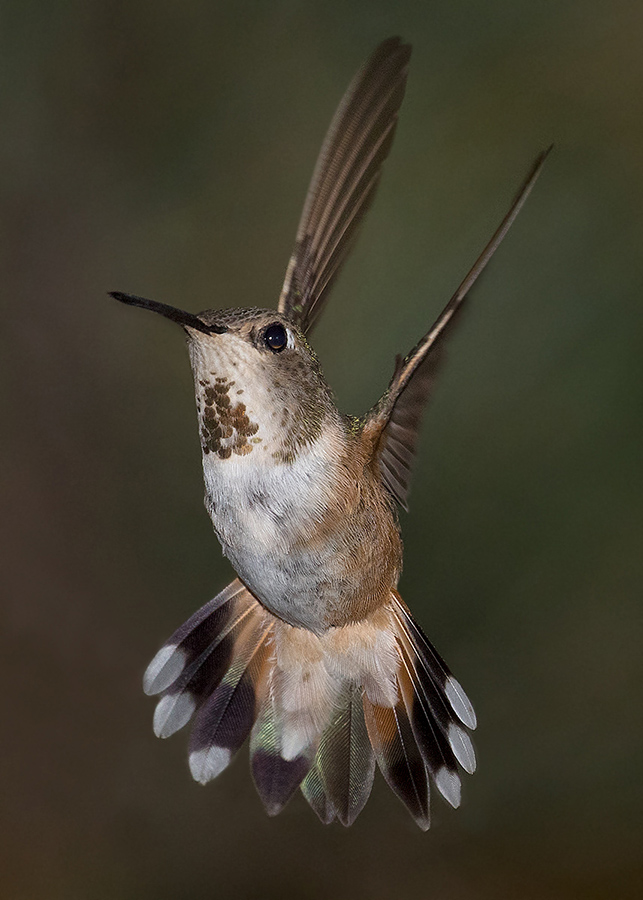

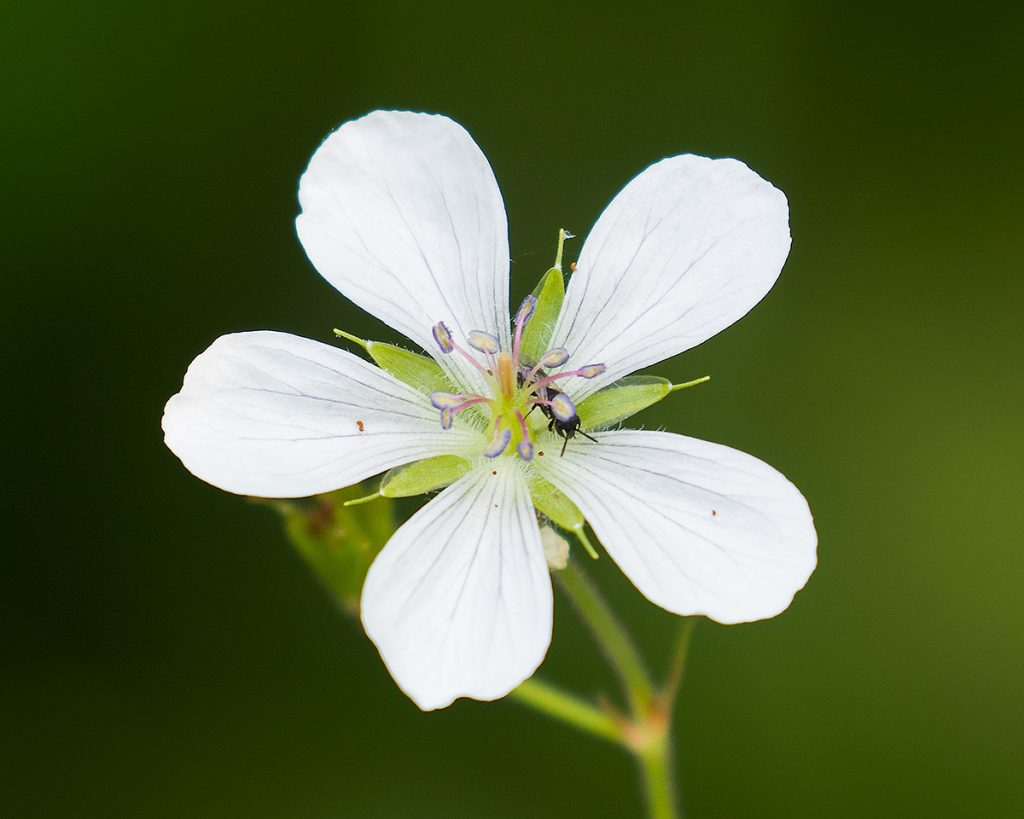
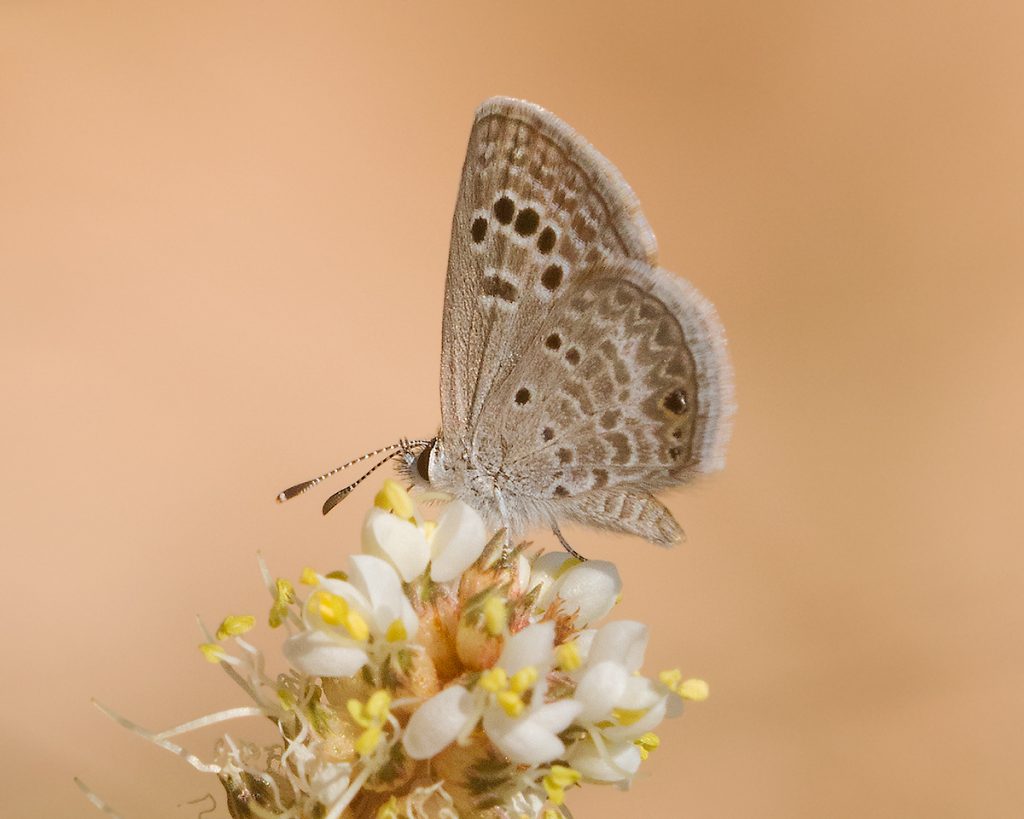
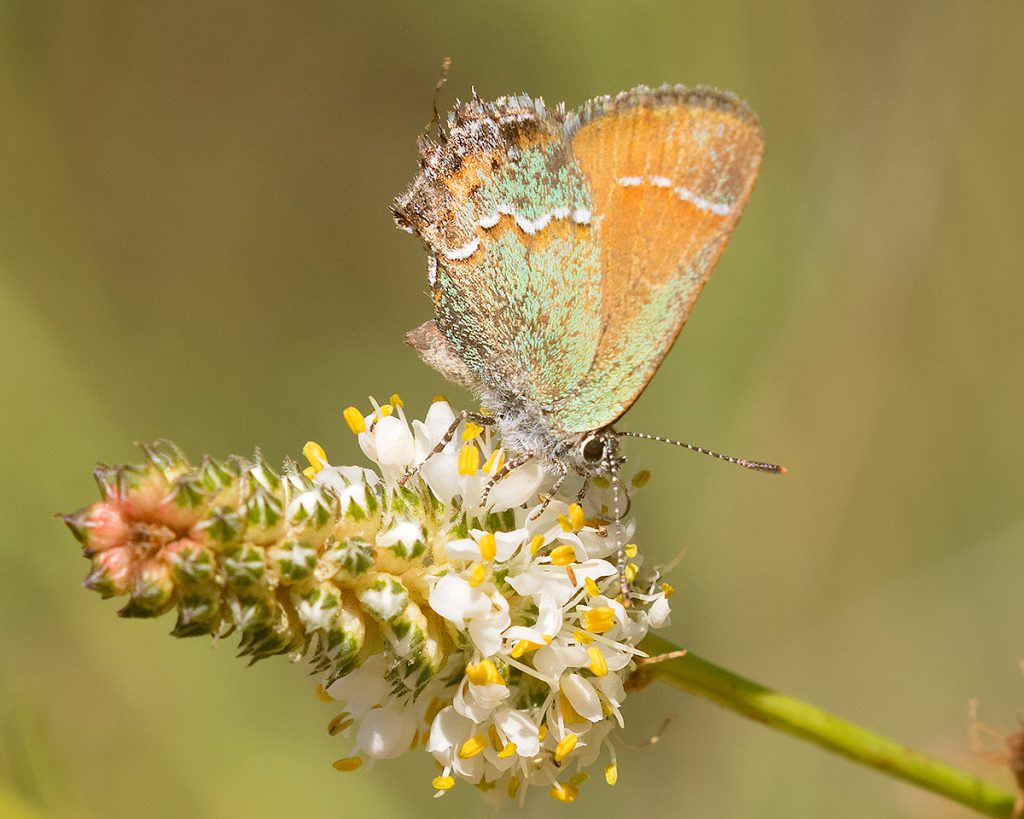







I left the Slim Buttes on Wednesday and headed for Spearfish Canyon. I got a campsite at Rod and Gun Campground. It has been a few years since I’ve in this part of the hills and it didn’t take long to remember why. There are ATV’s and people everywhere. The development of Roughlock Falls has done nothing but attract more people. Anyone who wants some quiet must be there at sunrise, then one can have a couple of hours of quiet for some birding. At any rate, I was glad to leave. I am back at my quiet spot in the southern Black Hills. It is free (Rod and Gun is $21.50 a night) and quiet. The logging is pretty much over or has moved far to the south. This morning I hiked up Hell Canyon and picked up a Lewis’s Woodpecker for my year list. At Jumpoff Spring I added a Townsend’s Solitaire. I’m up to 330 species now for my year list.
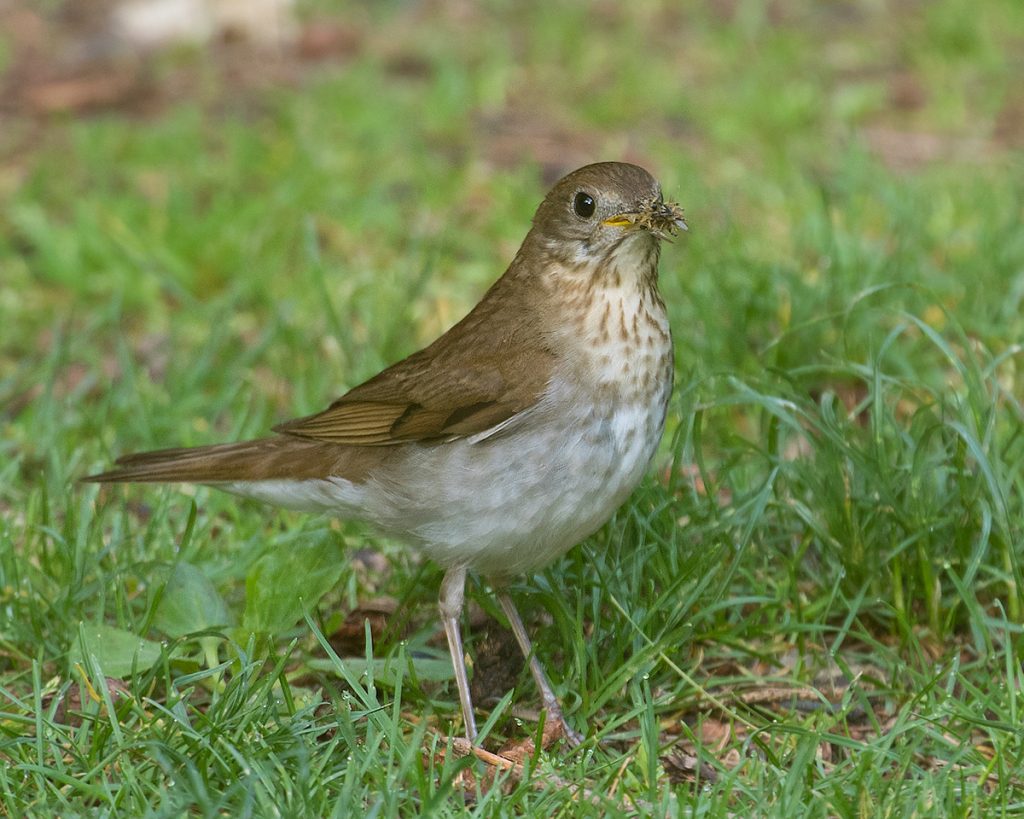
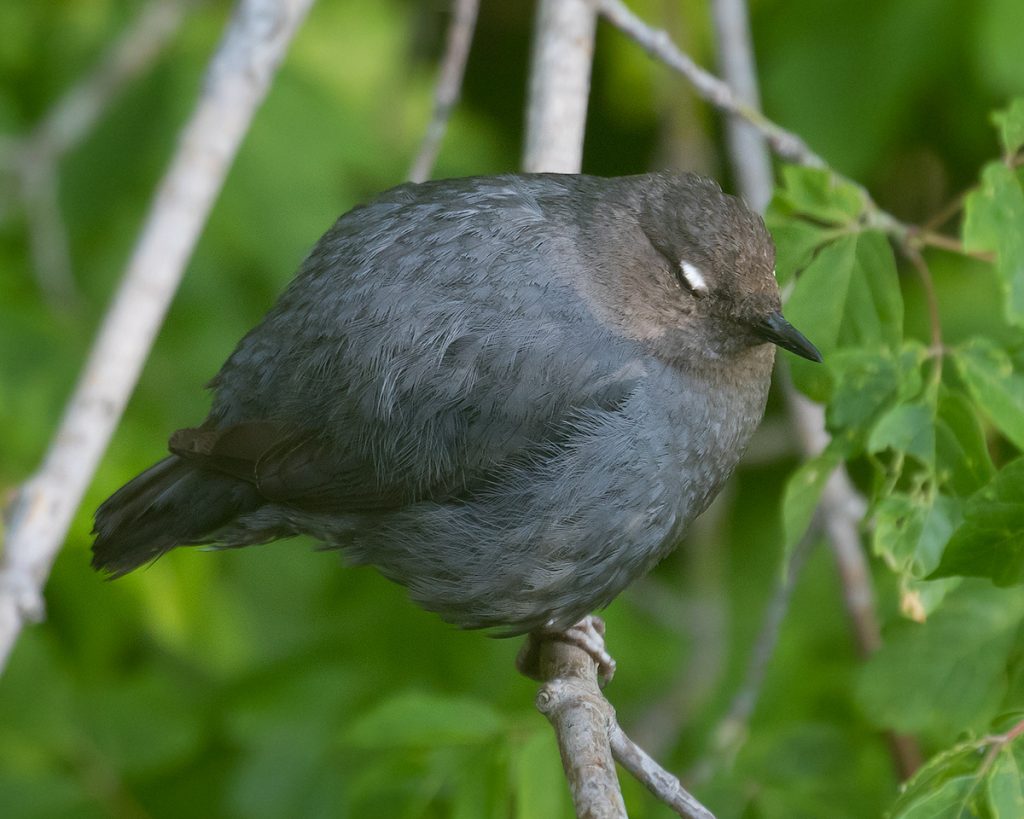
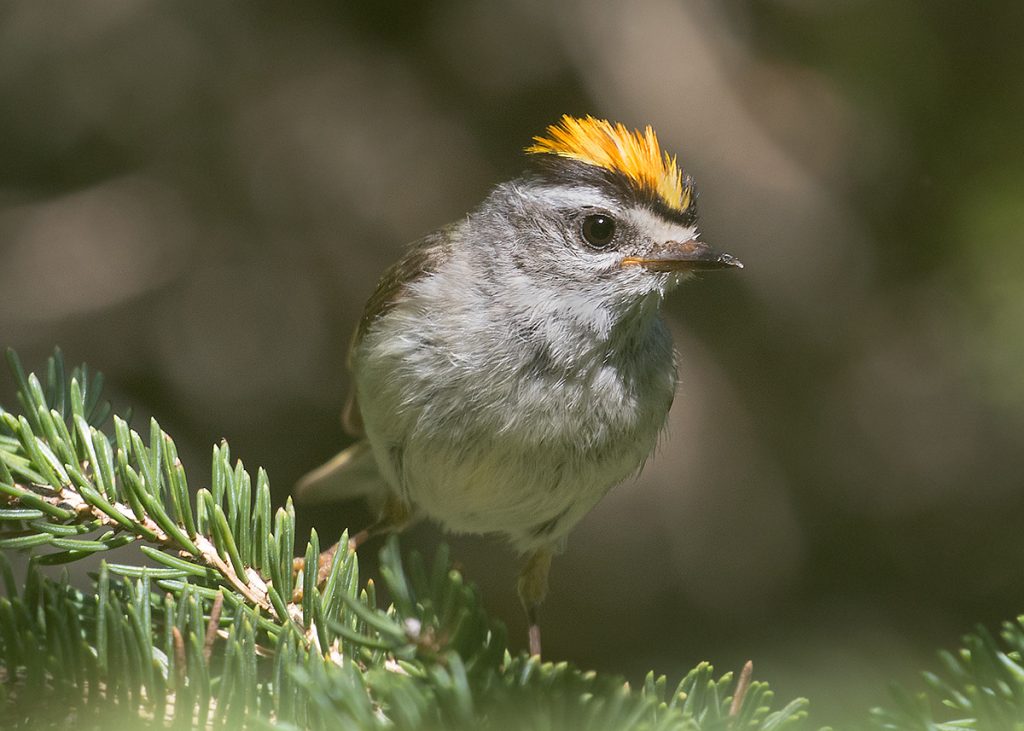
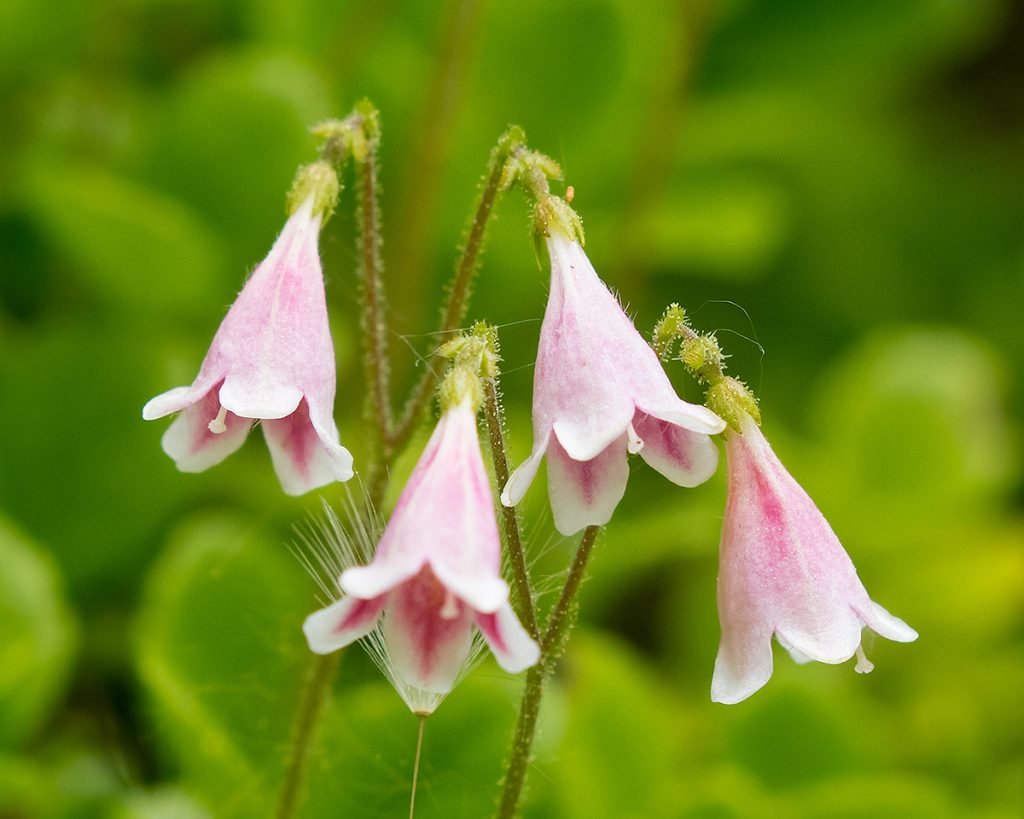
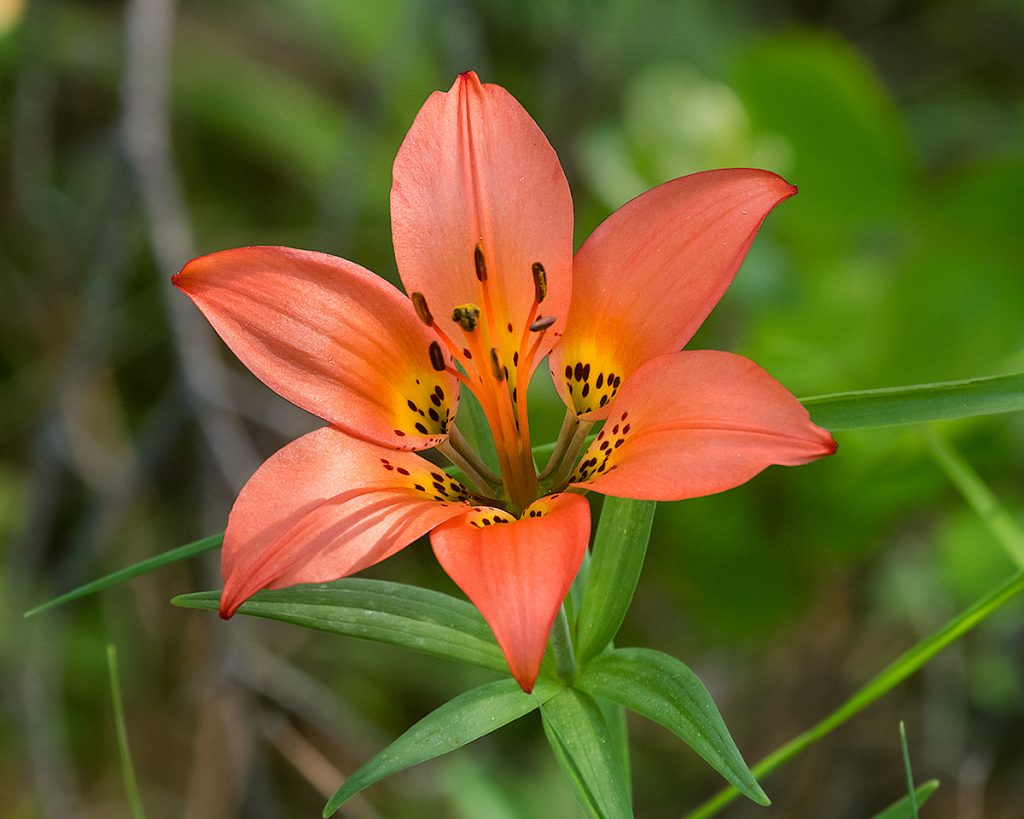
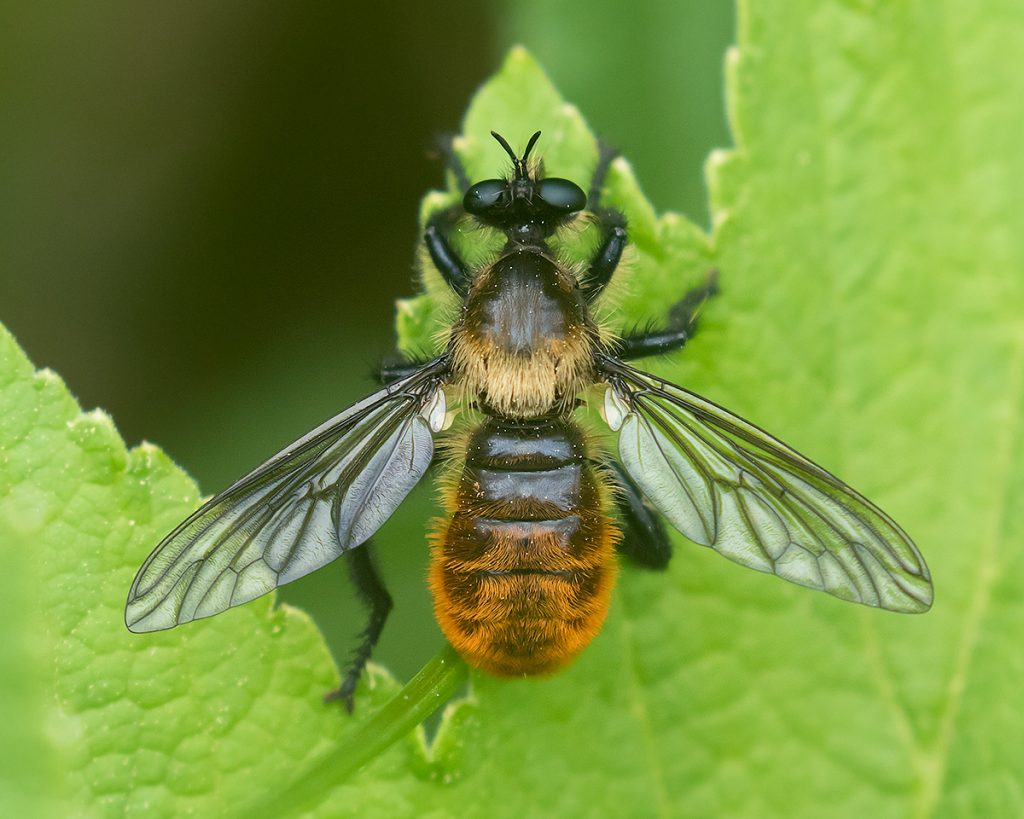
I’ve been checking out the area, picking up a few more new birds. Yesterday there was an eBird alert on a Cassin’s Kingbird just 20 miles away, so I went to look for it this morning. I did not find it and neither did another birder who came to look for it. Cassin’s Kingbird is quite rare in South Dakota but I saw lots of them in Arizona and New Mexico this spring. I did finally find a Mountain Bluebird though, which brought me up to 324 species.
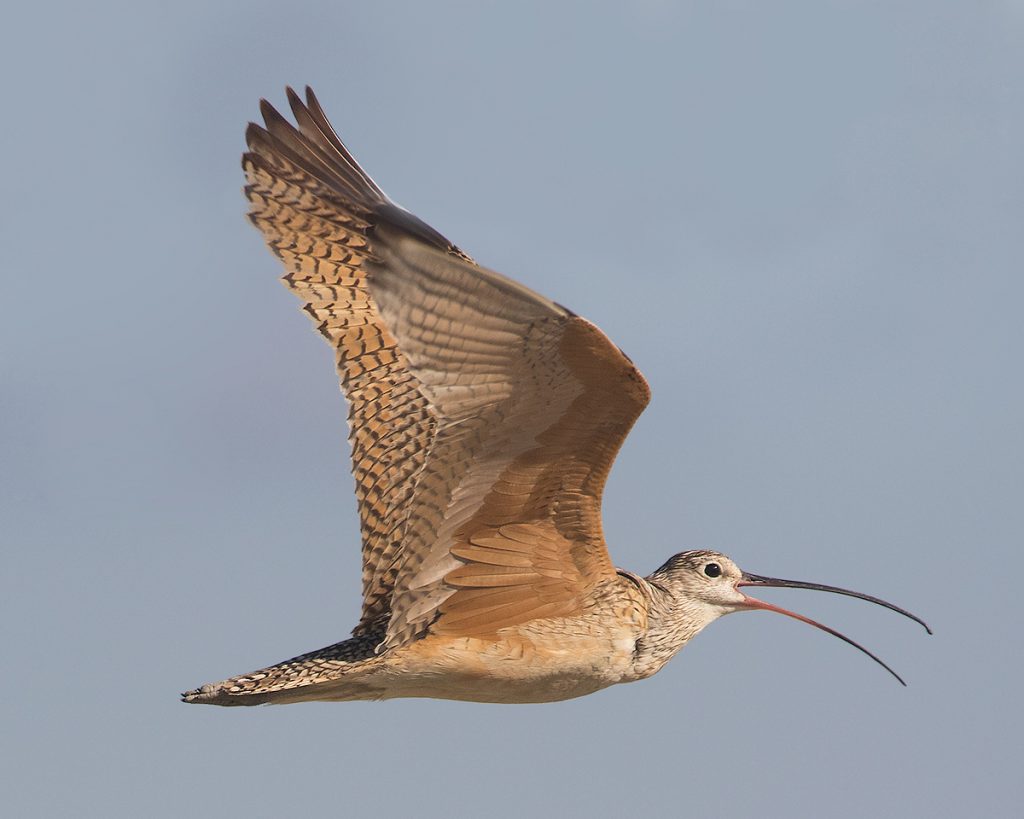
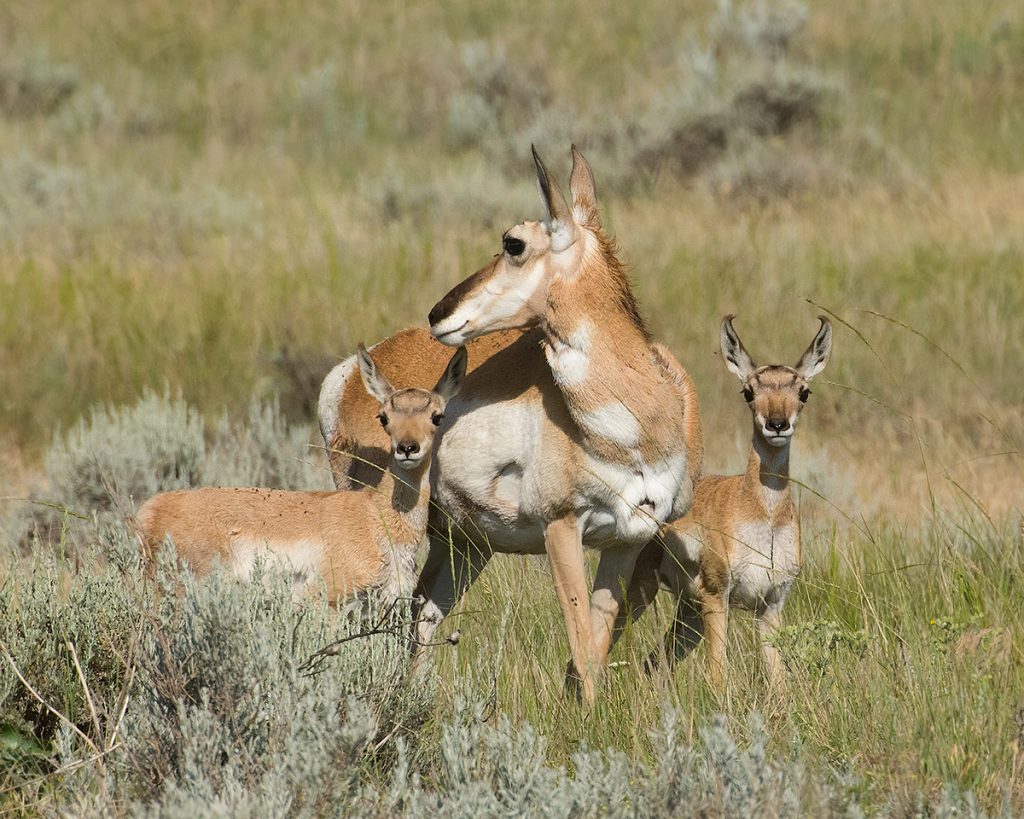
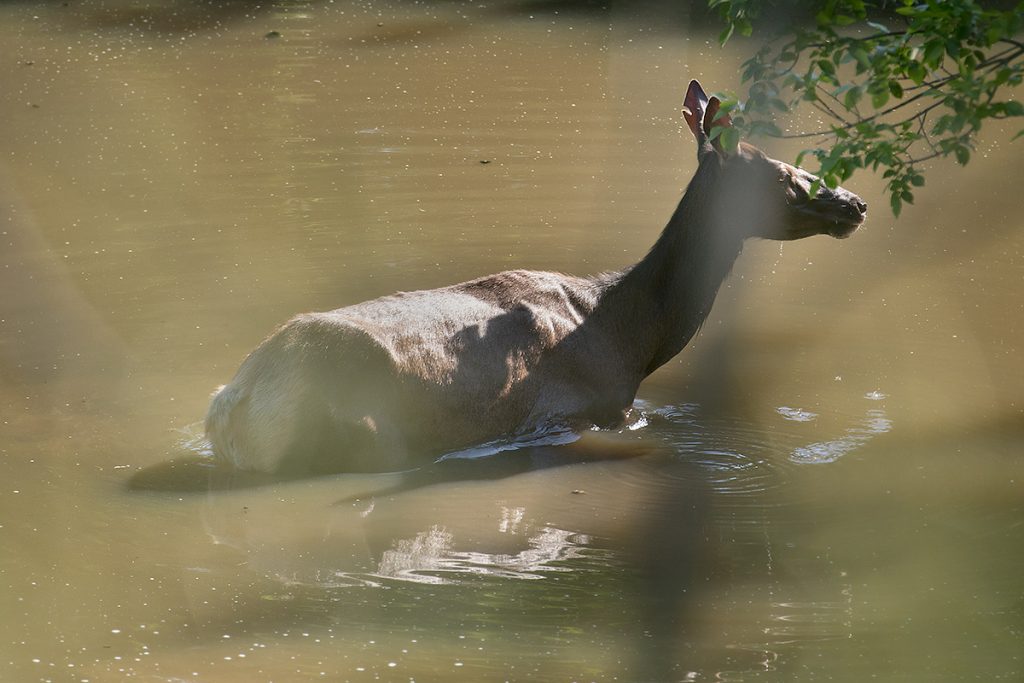
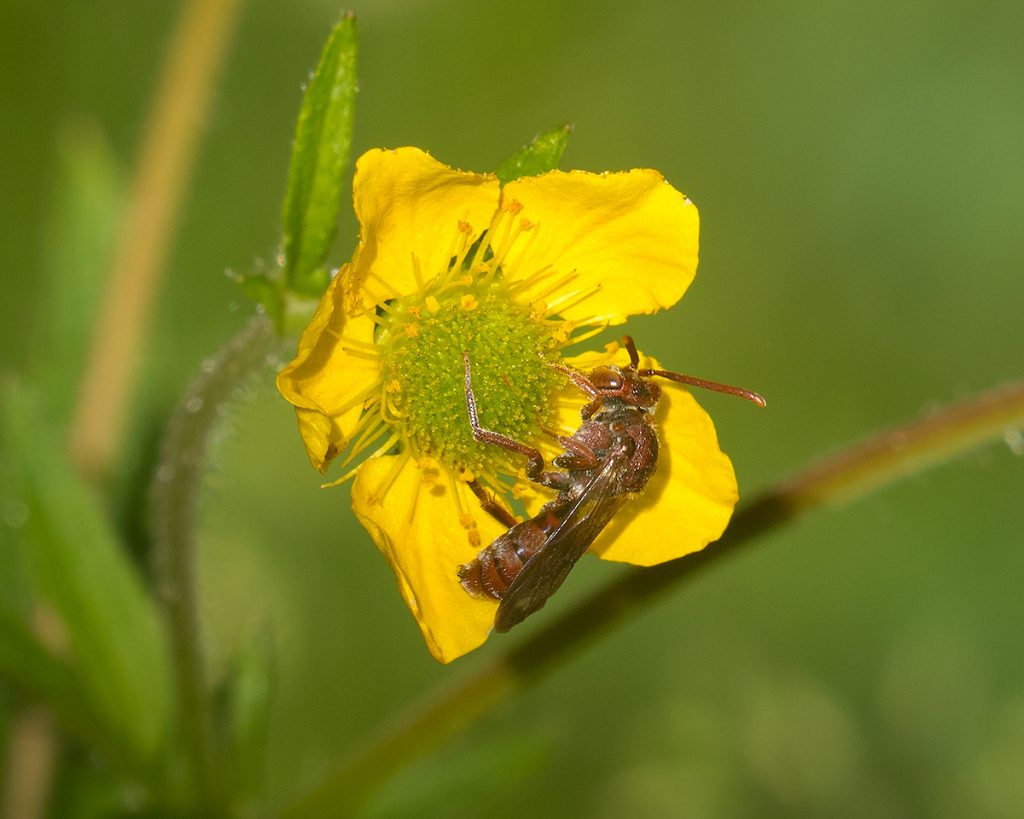

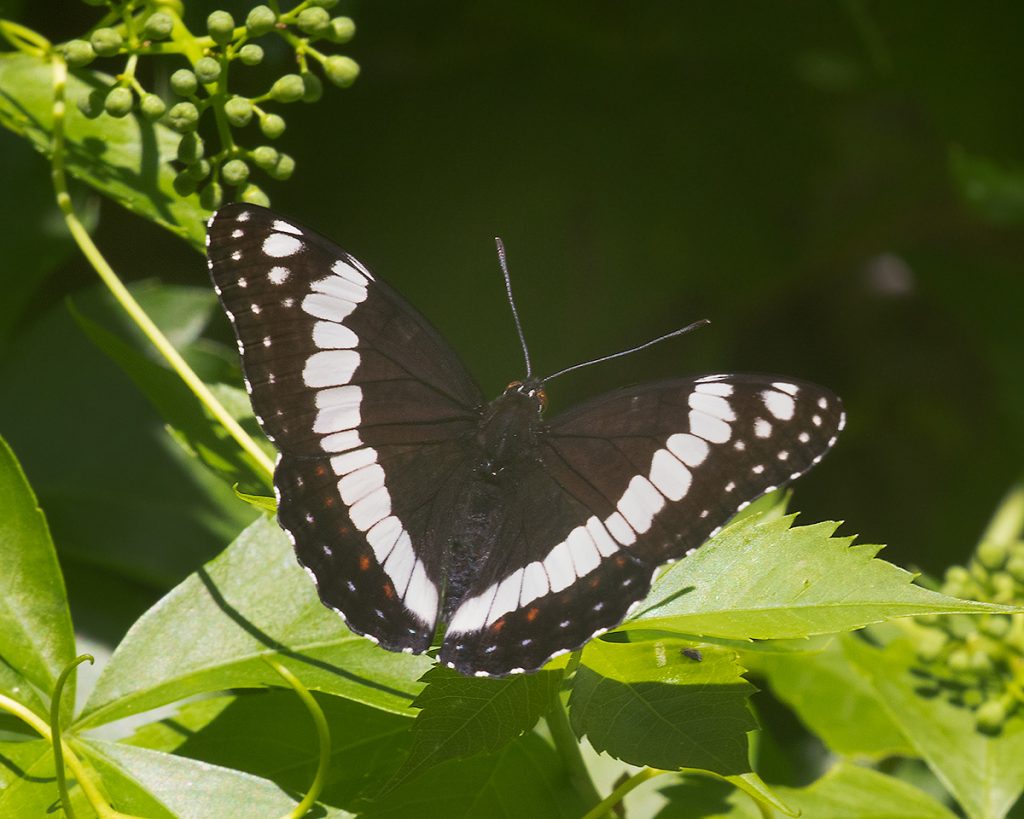
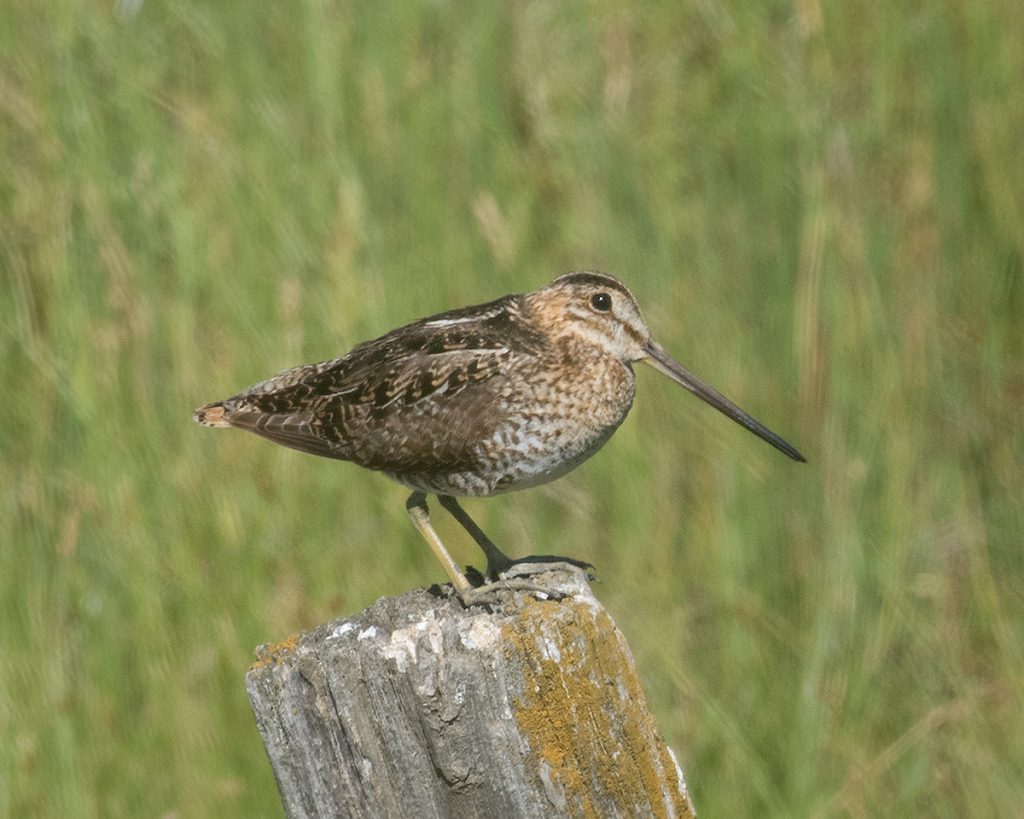
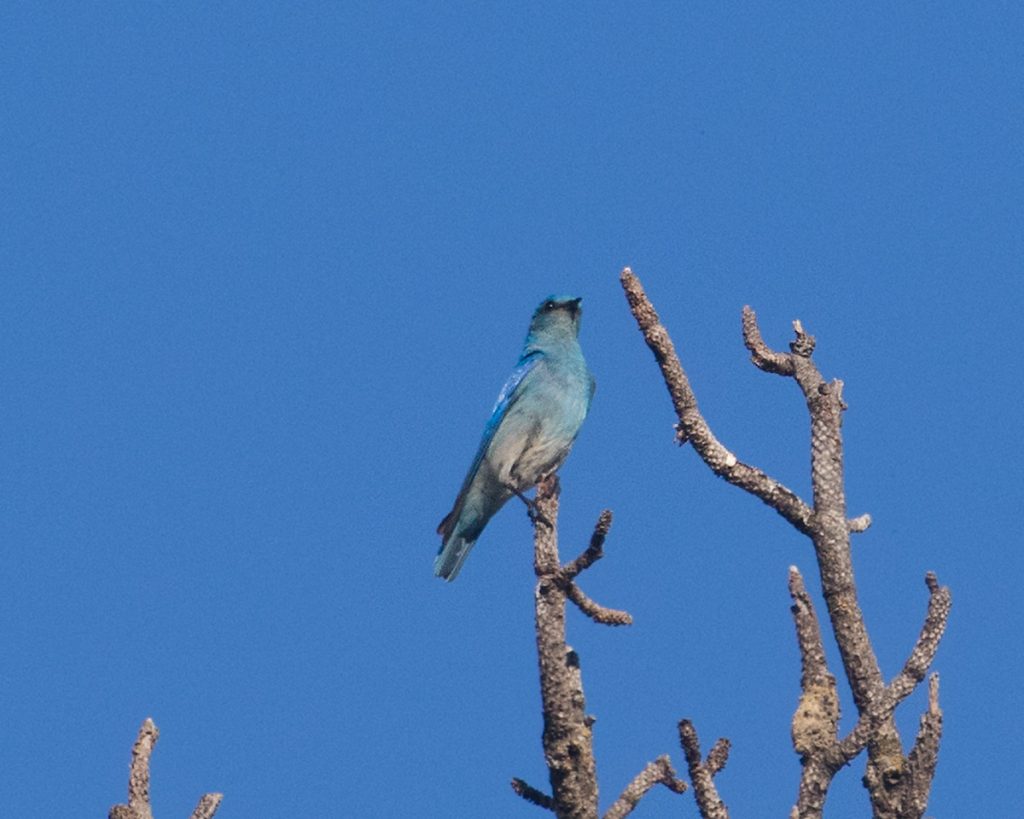
I’m currently in the Slim Buttes of Harding County. I spent a few days at a Shadehill Reservoir campground, near Lemmon, South Dakota. The Grand River National Grassland is in this area and is a good place to get Baird’s Sparrow. I left there this morning and its a good thing as that campground just got hit by a severe thunderstorm, with large hail and strong wind. It is nice here. So far no mosquitoes. I’m up to 322 species of birds for the year now. It is getting harder to find new ones, but I seem to get one or two every day since I left Pierre.
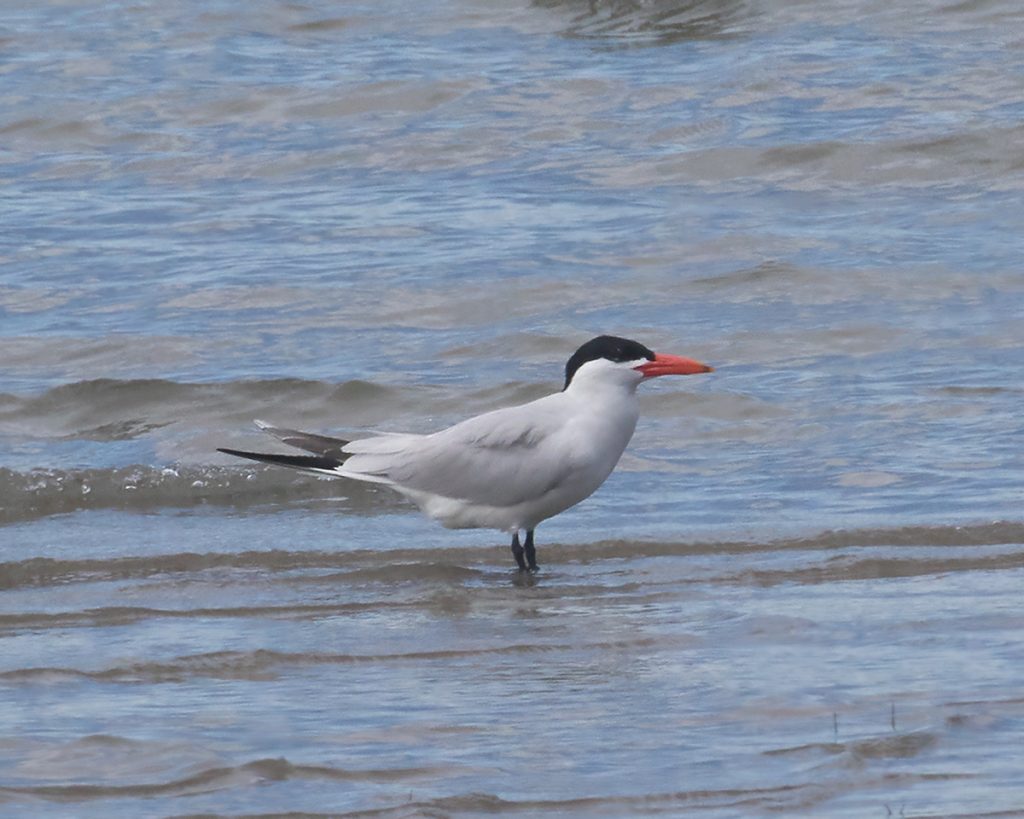
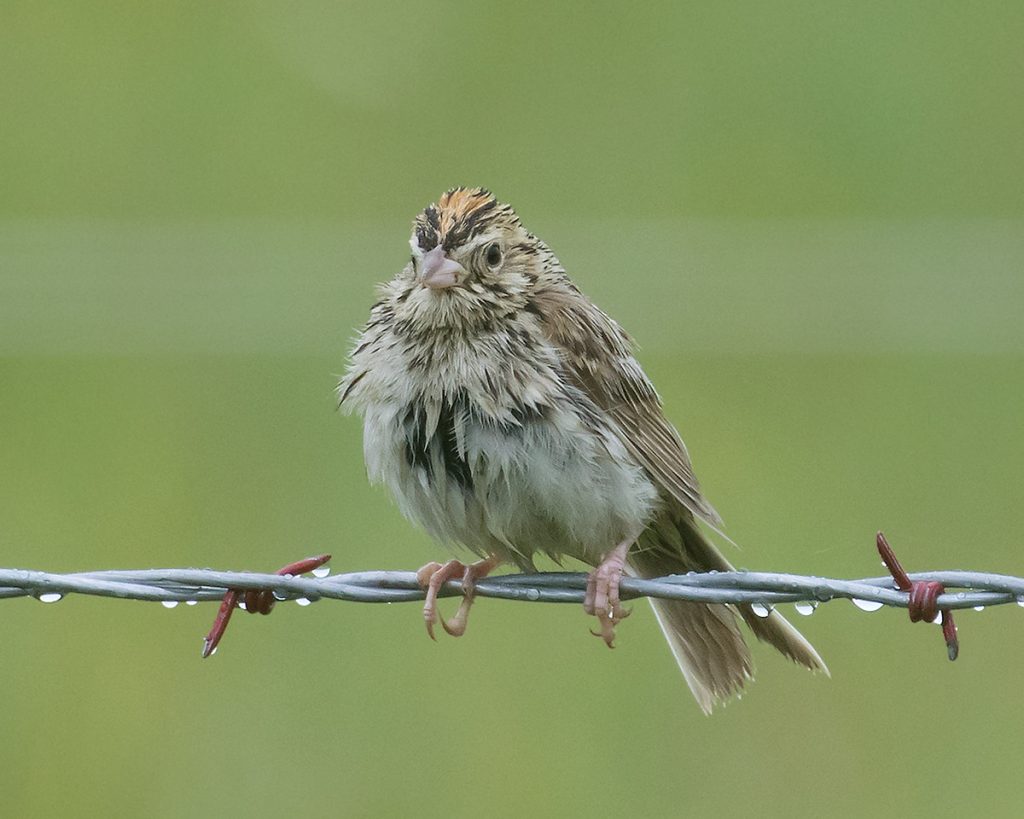
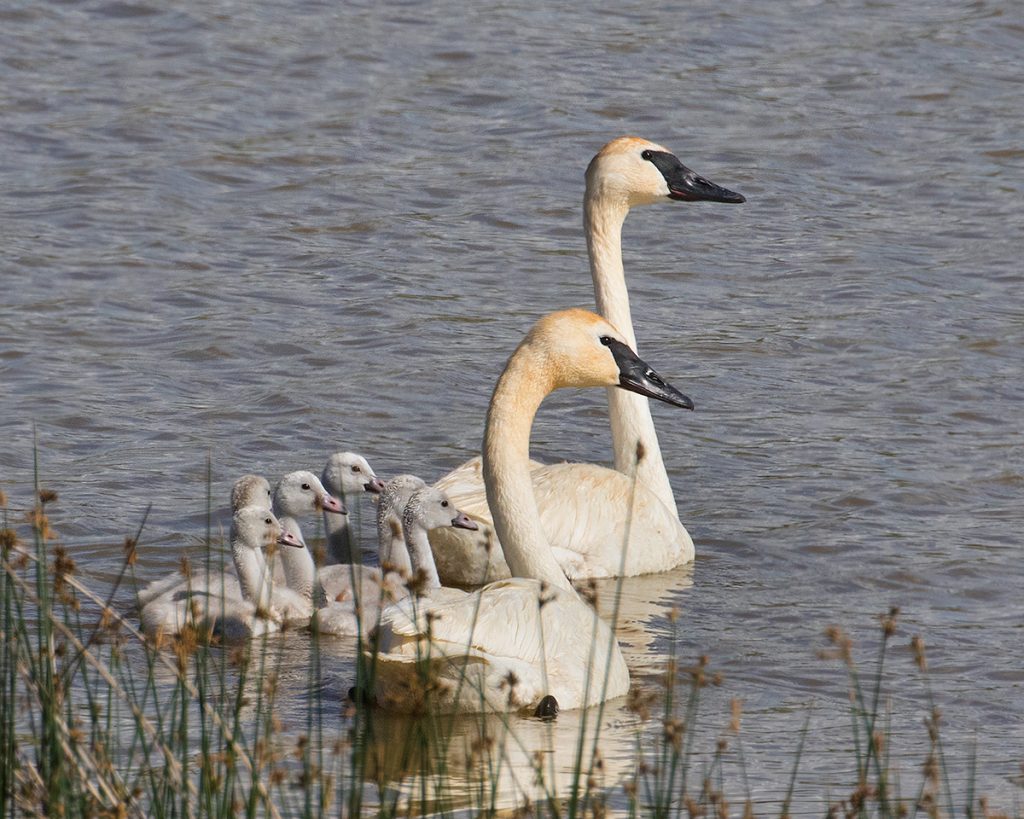
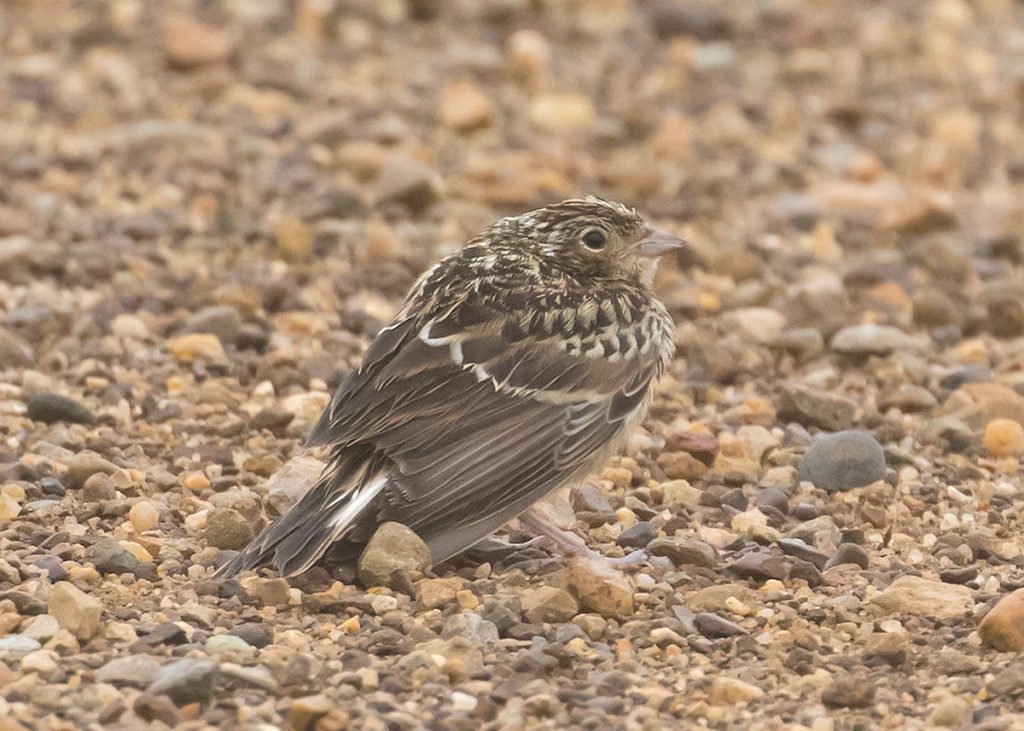
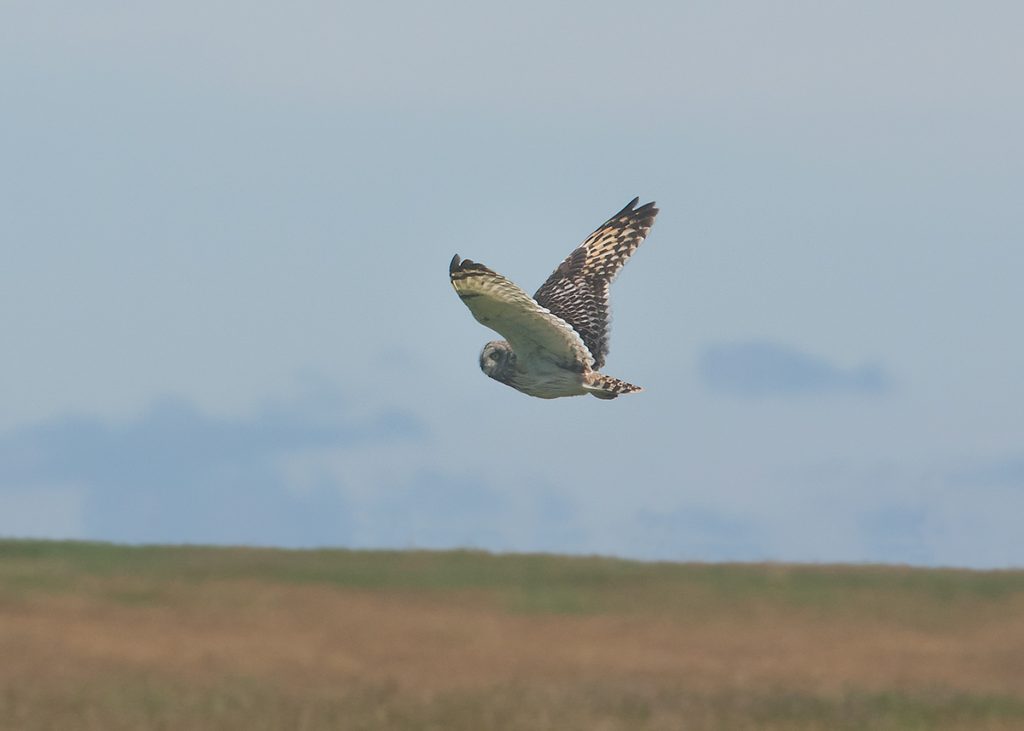
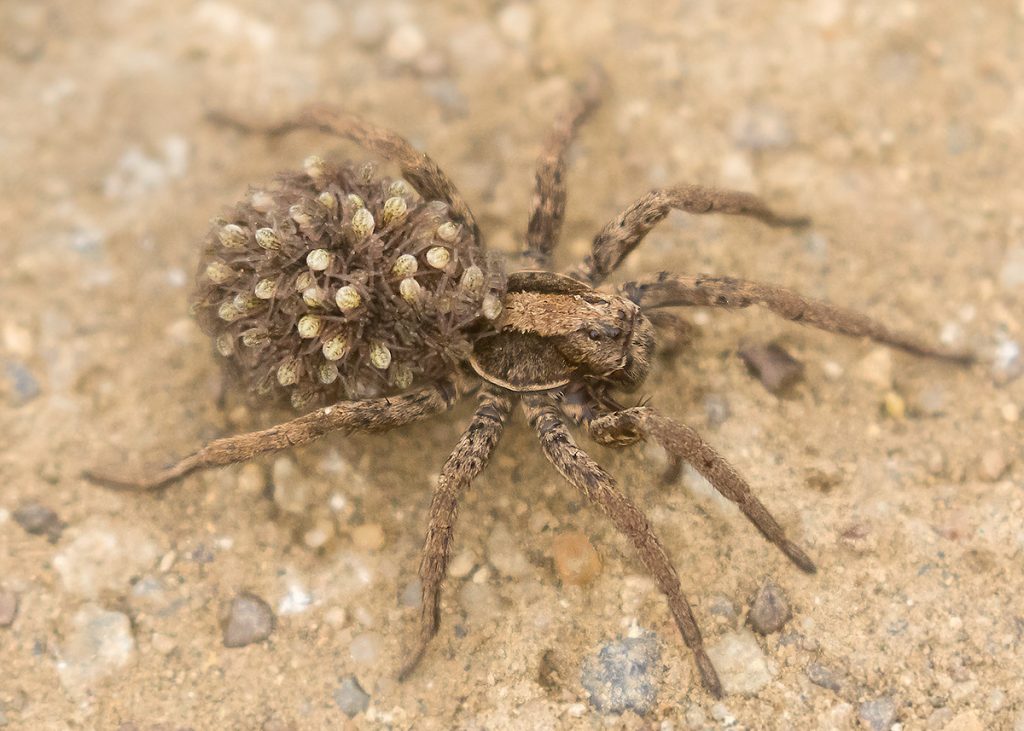
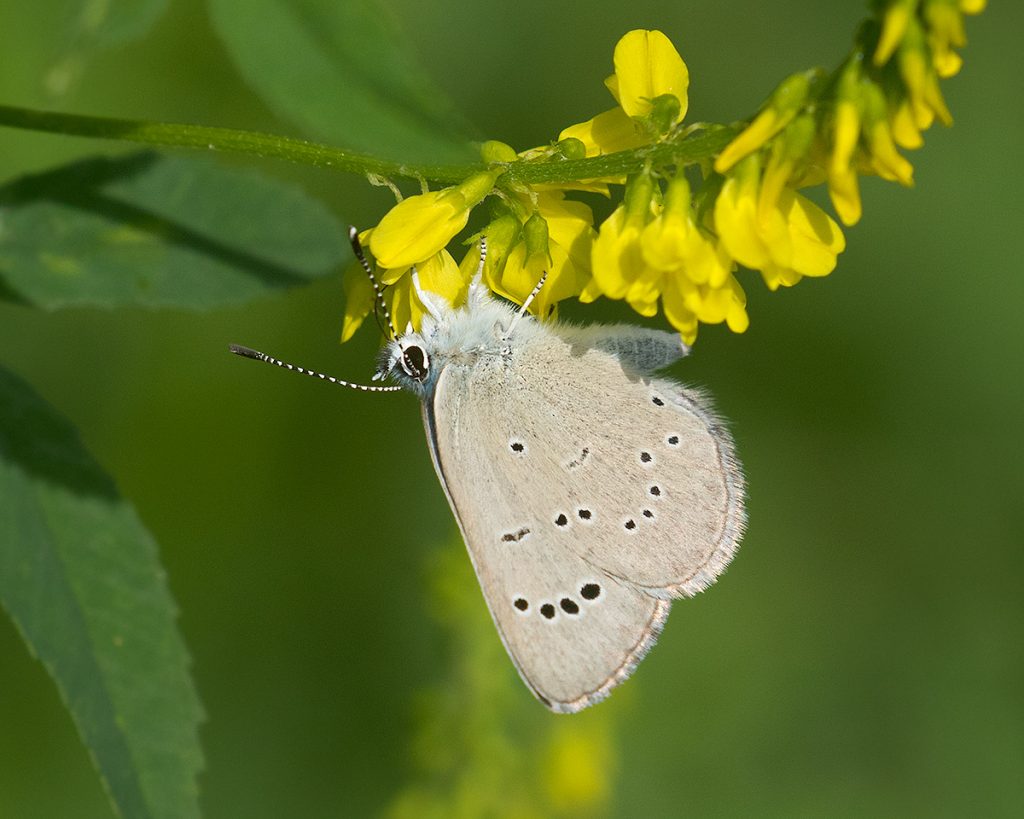
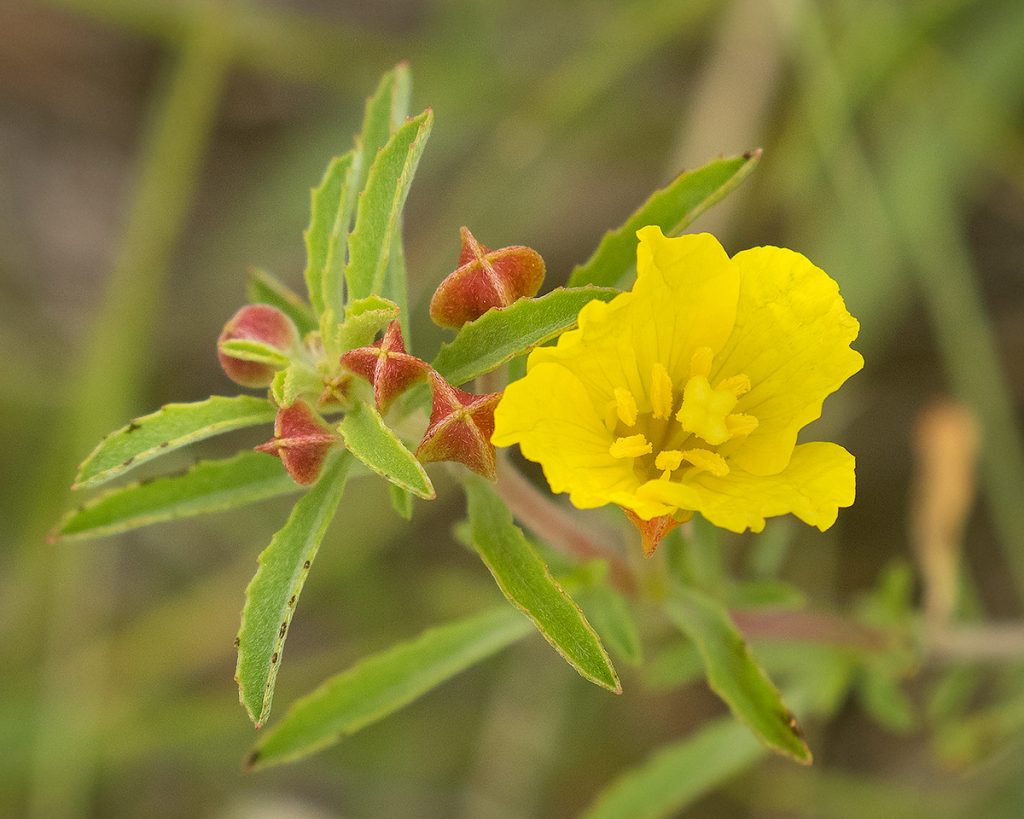
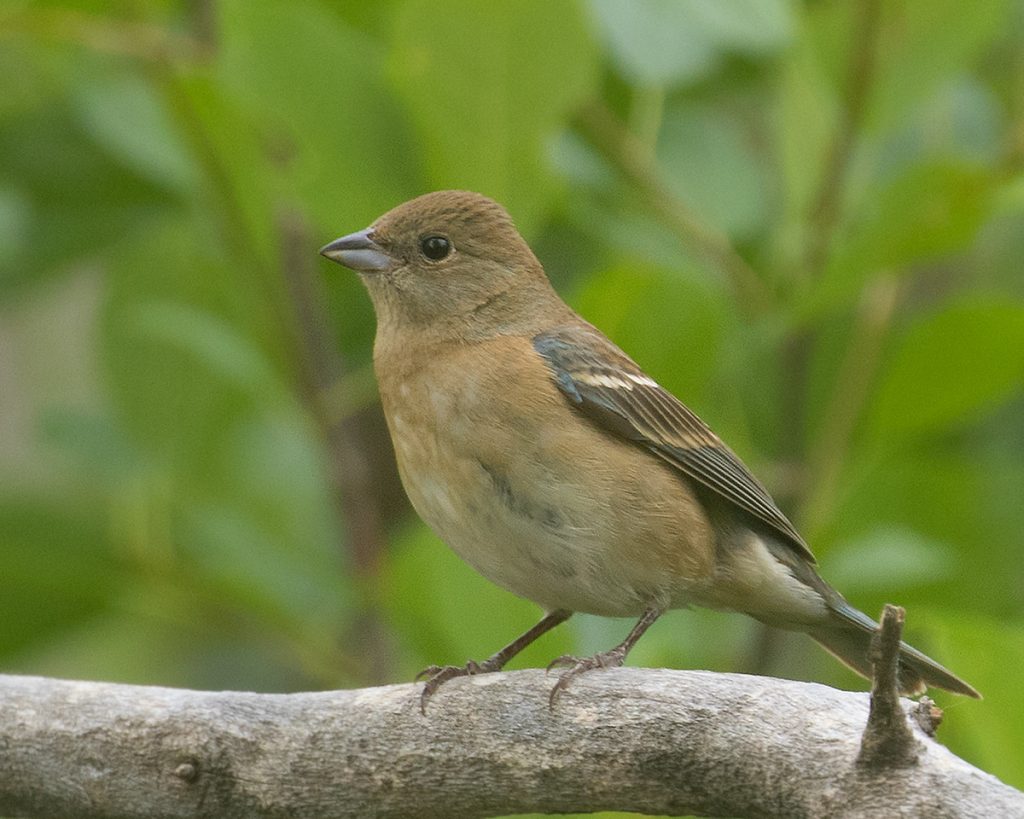
My 2024 year bird list keeps growing, but more slowly. I’m up to 310 species now. Perhaps the most exciting was a Scarlet Tanager on LaFramboise Island. Scarlet Tanagers are not very common in this part of the world. A Dunlin was another good find but I had already seen one in Arizona this year so it didn’t add to my species list.
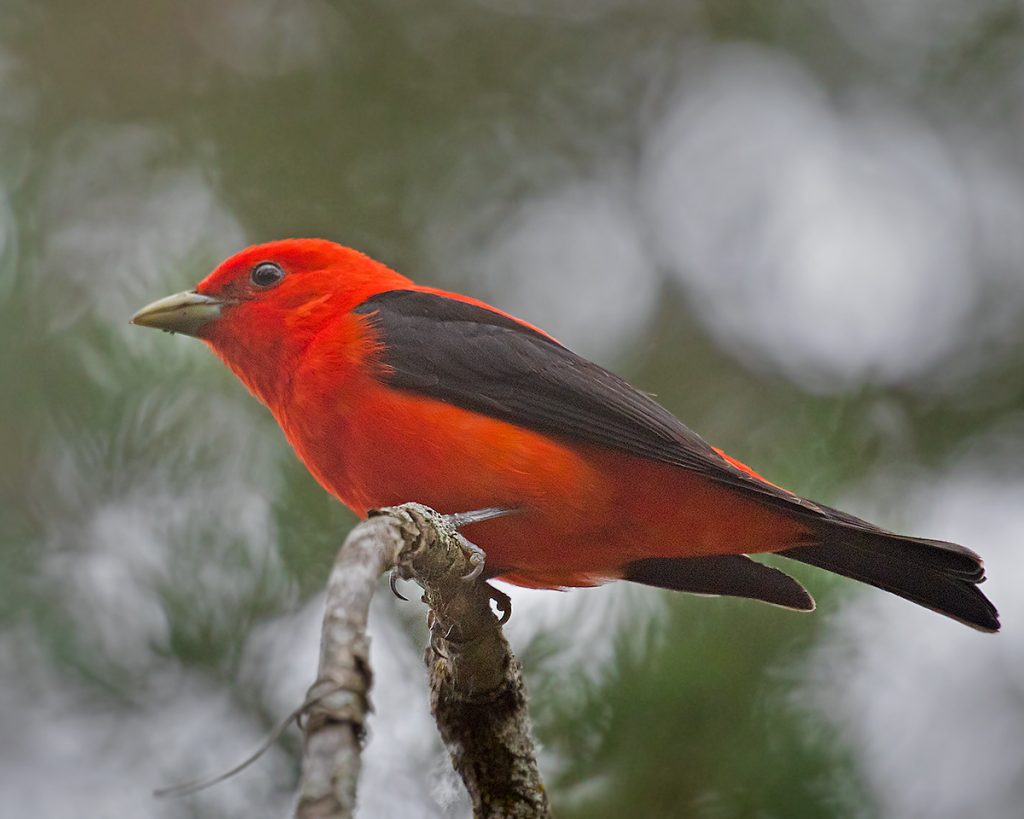
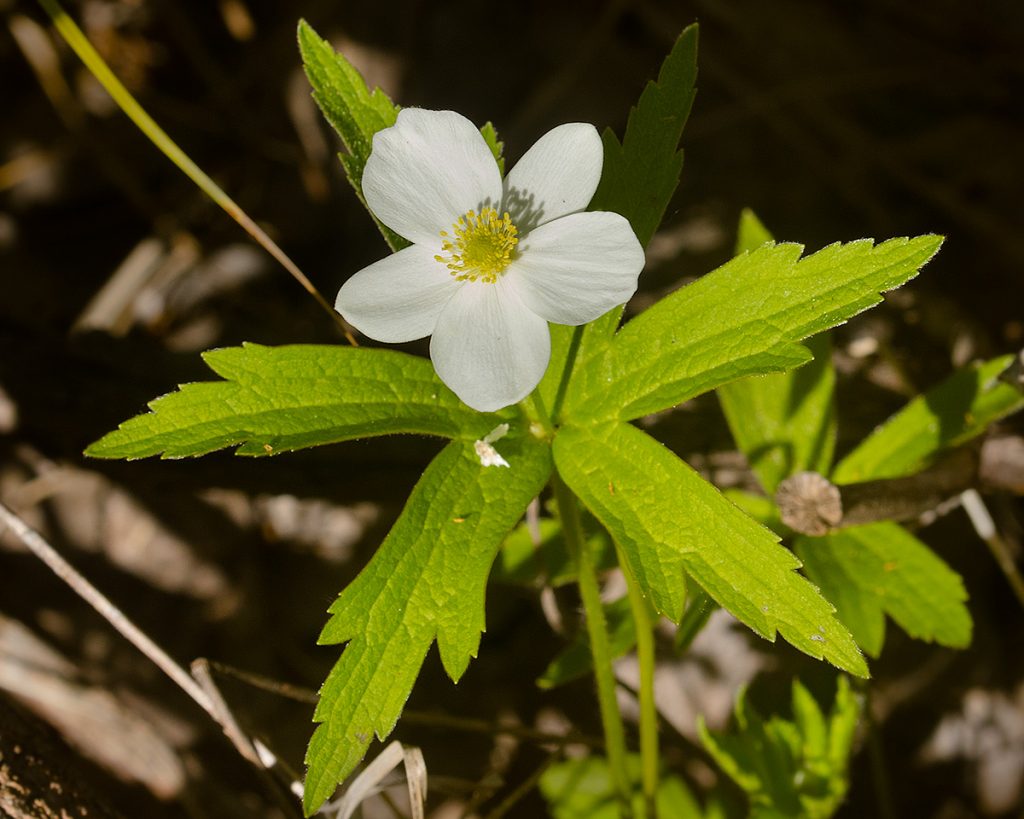
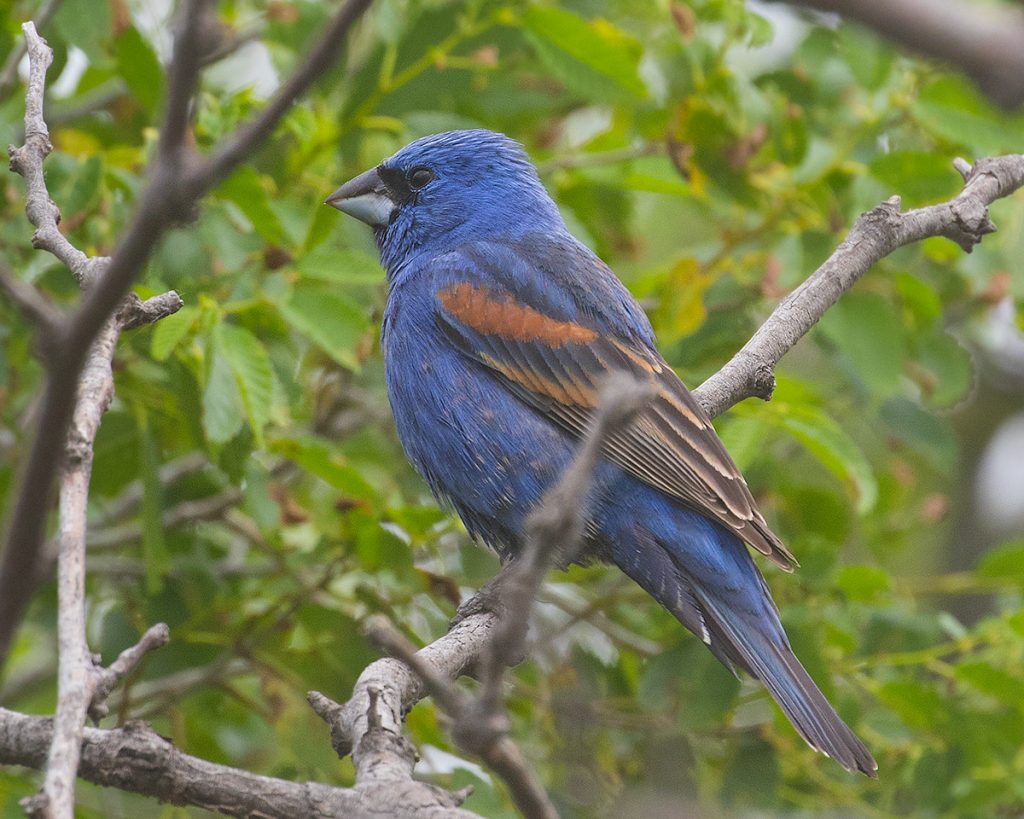
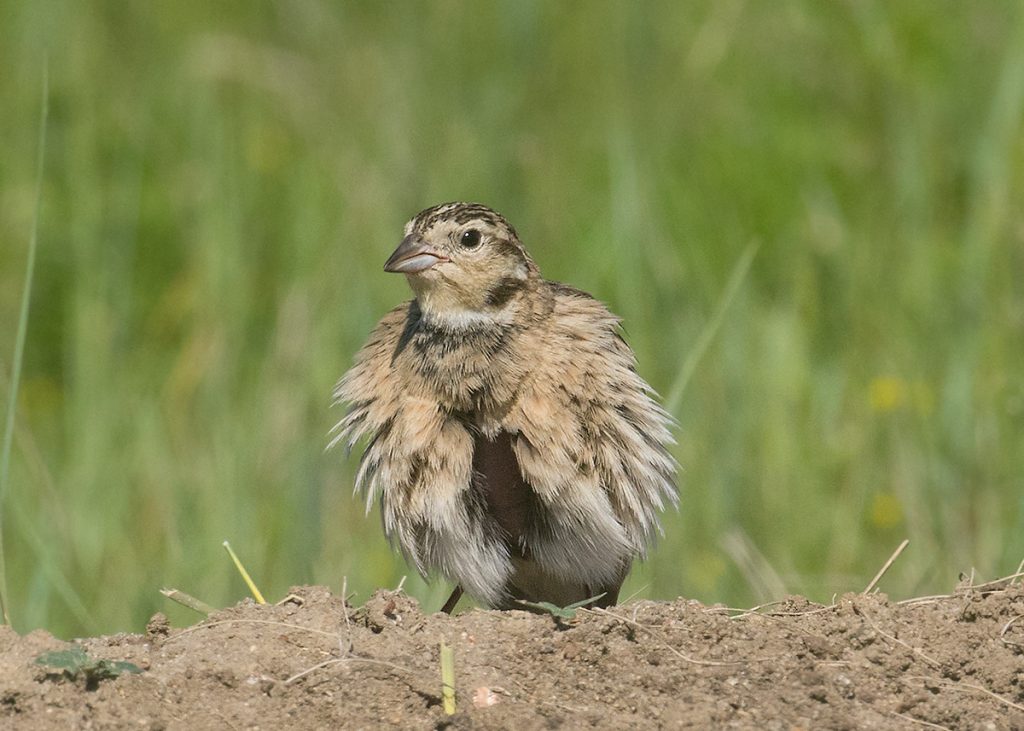
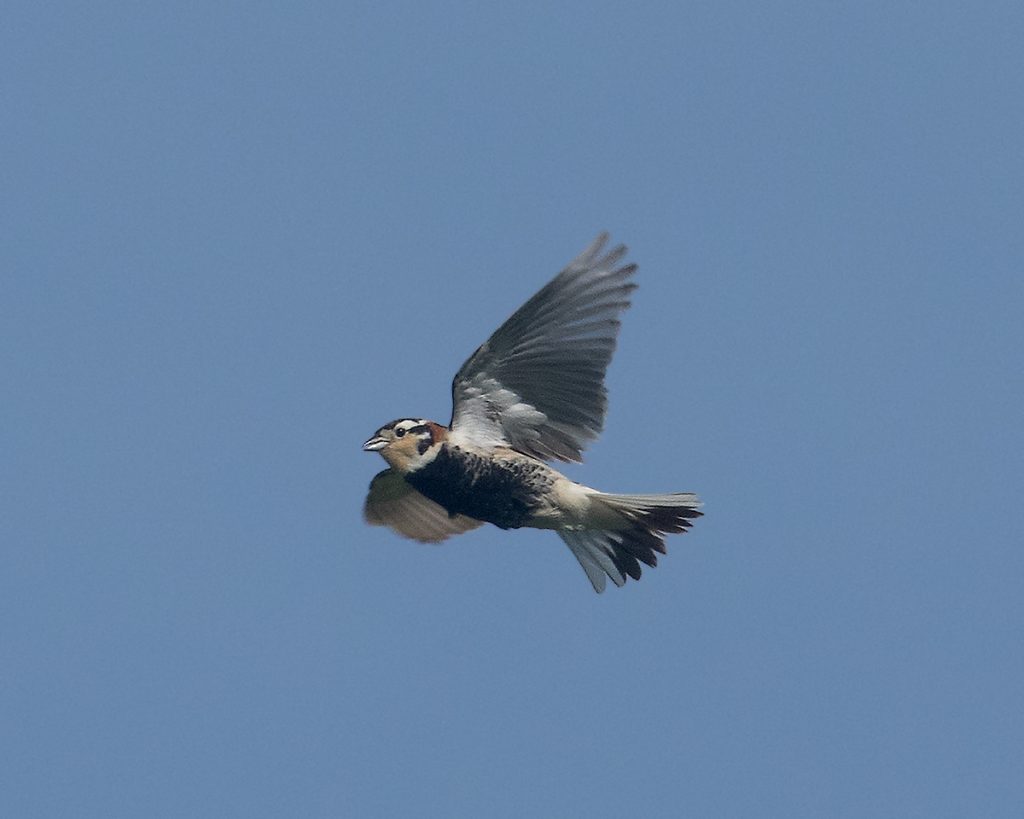
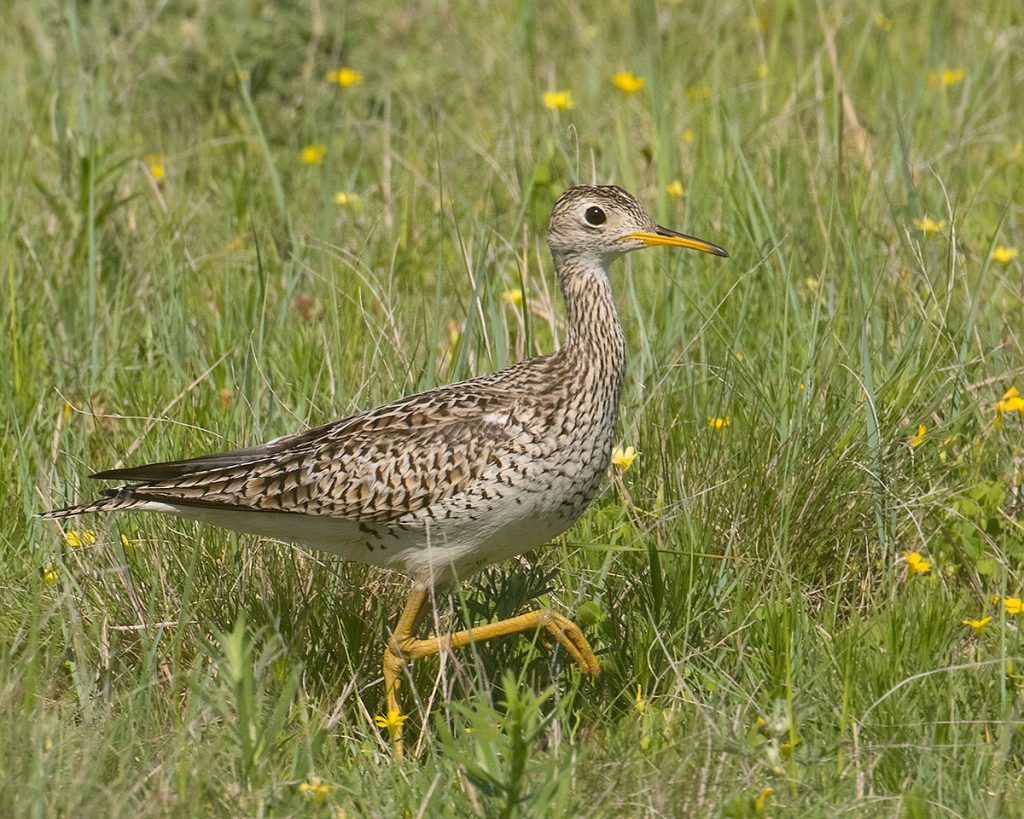
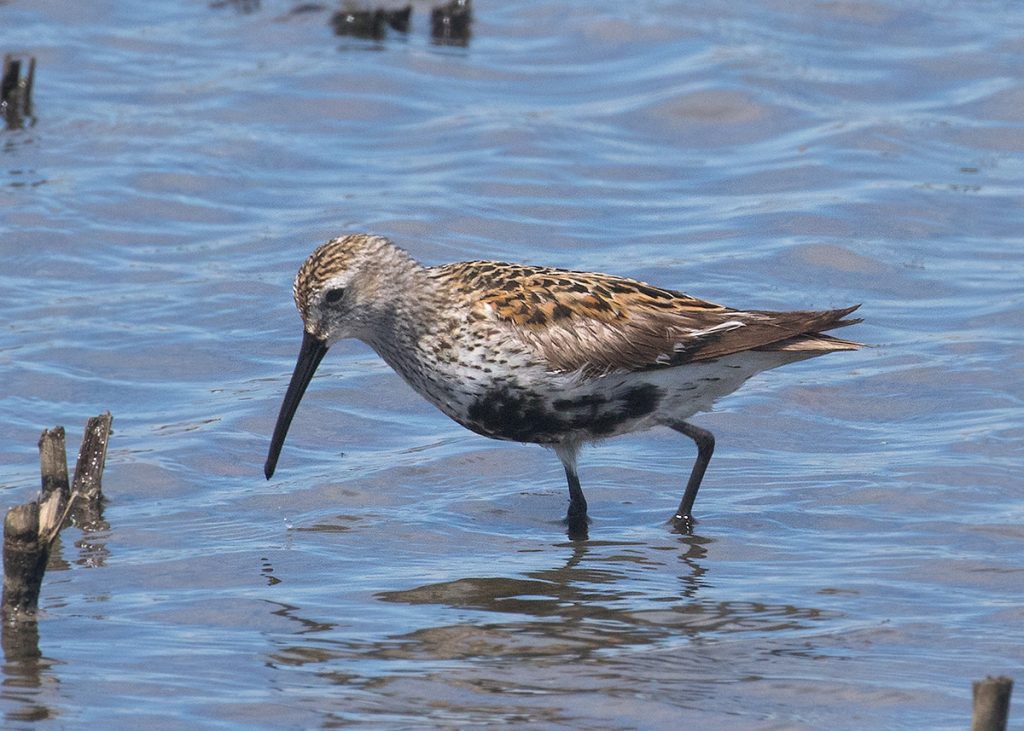
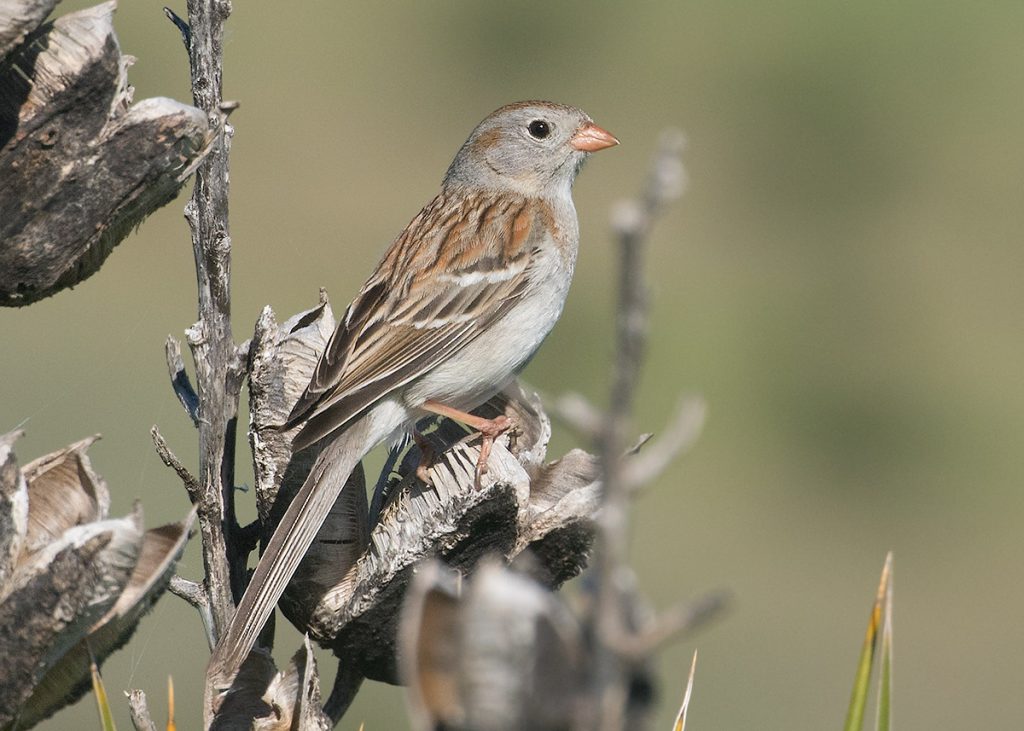
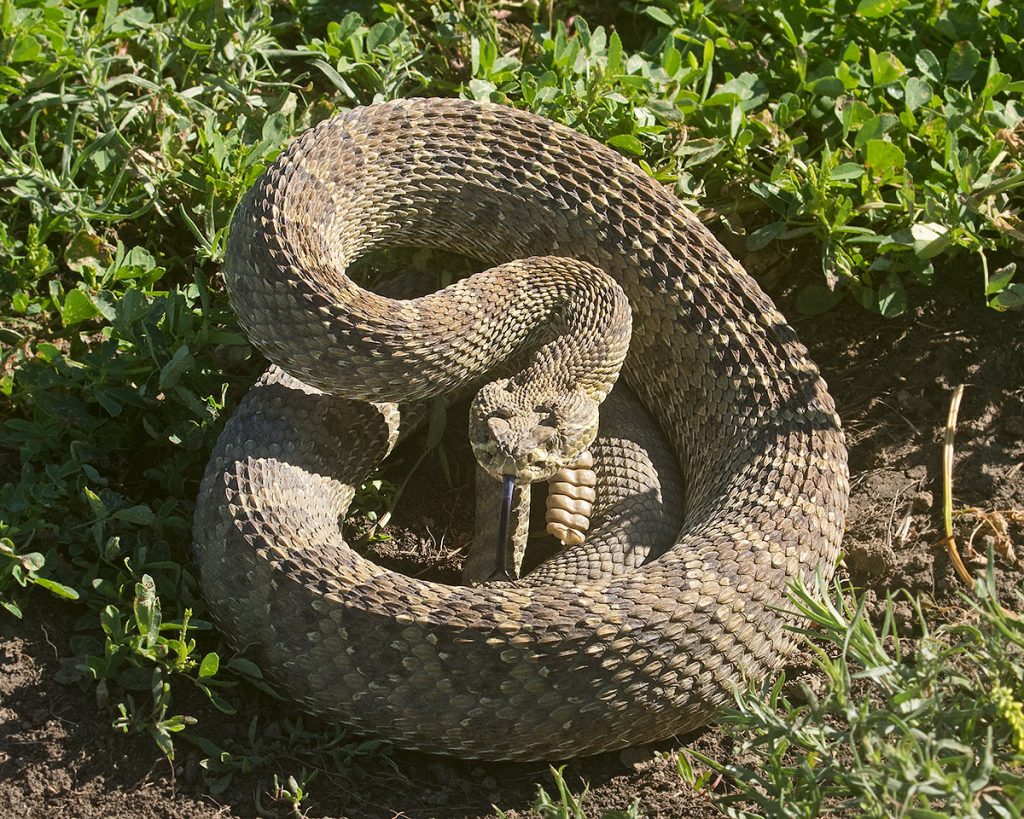
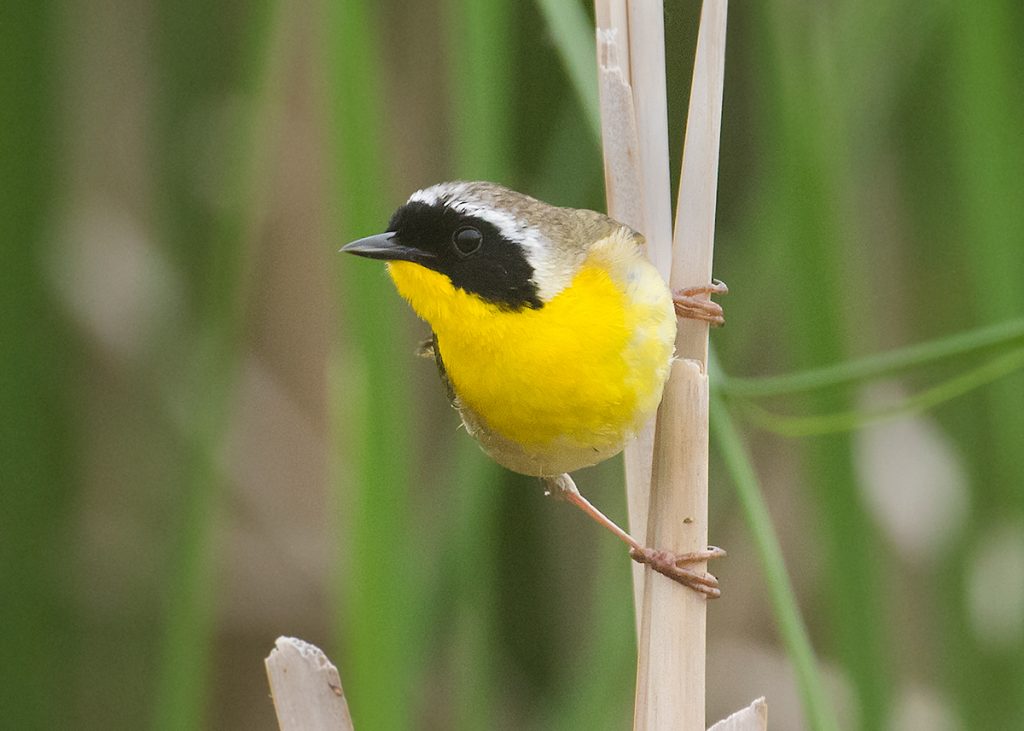
I’m back in Pierre, South Dakota again. I picked up a few more birds in Nebraska but since I’ve been back in South Dakota, I have picked up 47 more species. Today, I got the 300th, a pair of Common Terns. Just a few minutes ago, 301 with a Common Nighthawk fly over. I missed a lot of migrants though, I found hardly any migrant warblers, vireos, and sparrows. I missed out on Harris’s Sparrows and others that I expected to get. I will have to try for some of those in the fall. But, I’m still doing pretty good, I have almost double the number of species I had this time last year.
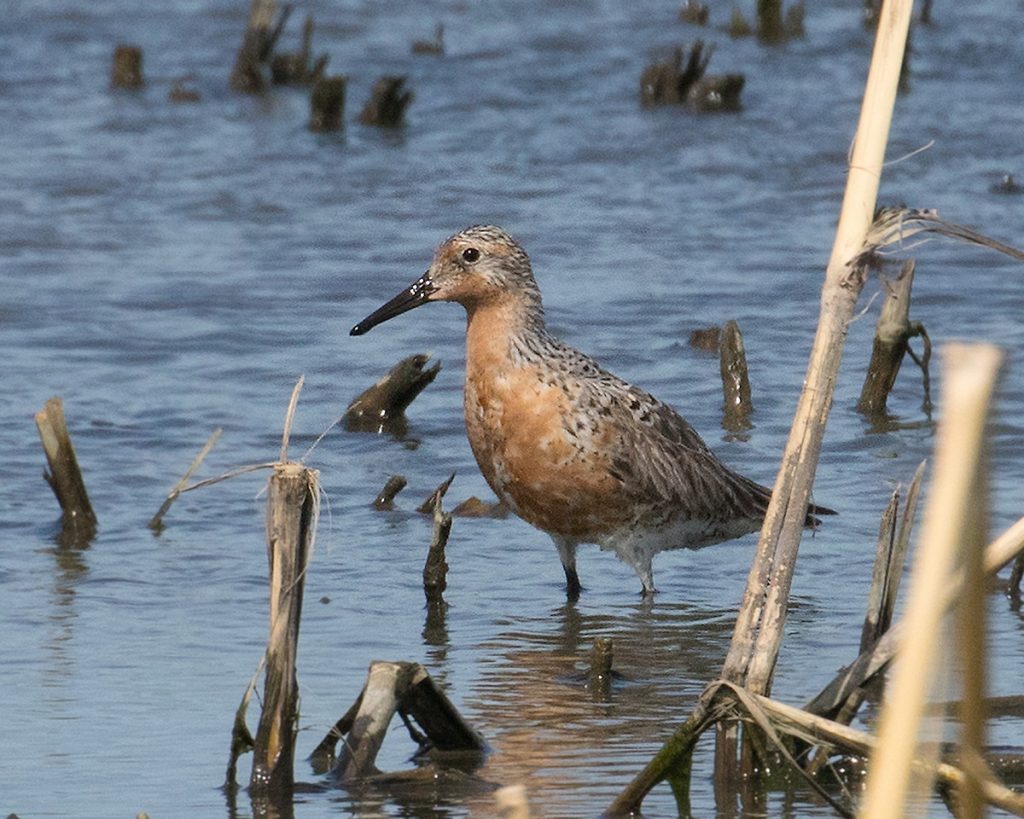
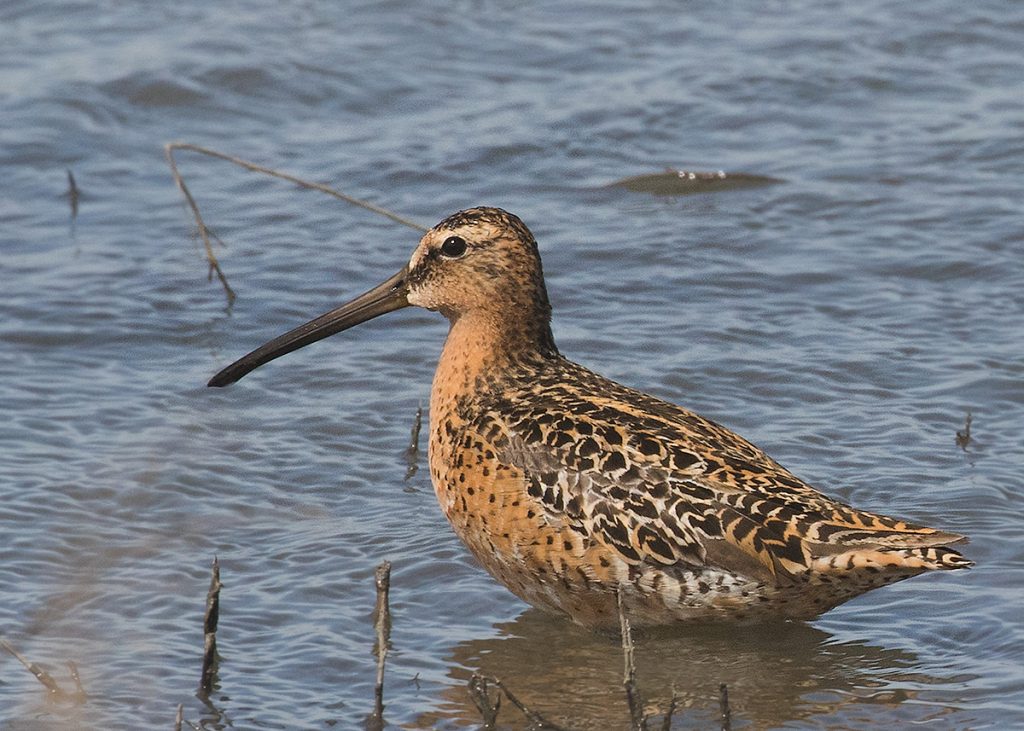
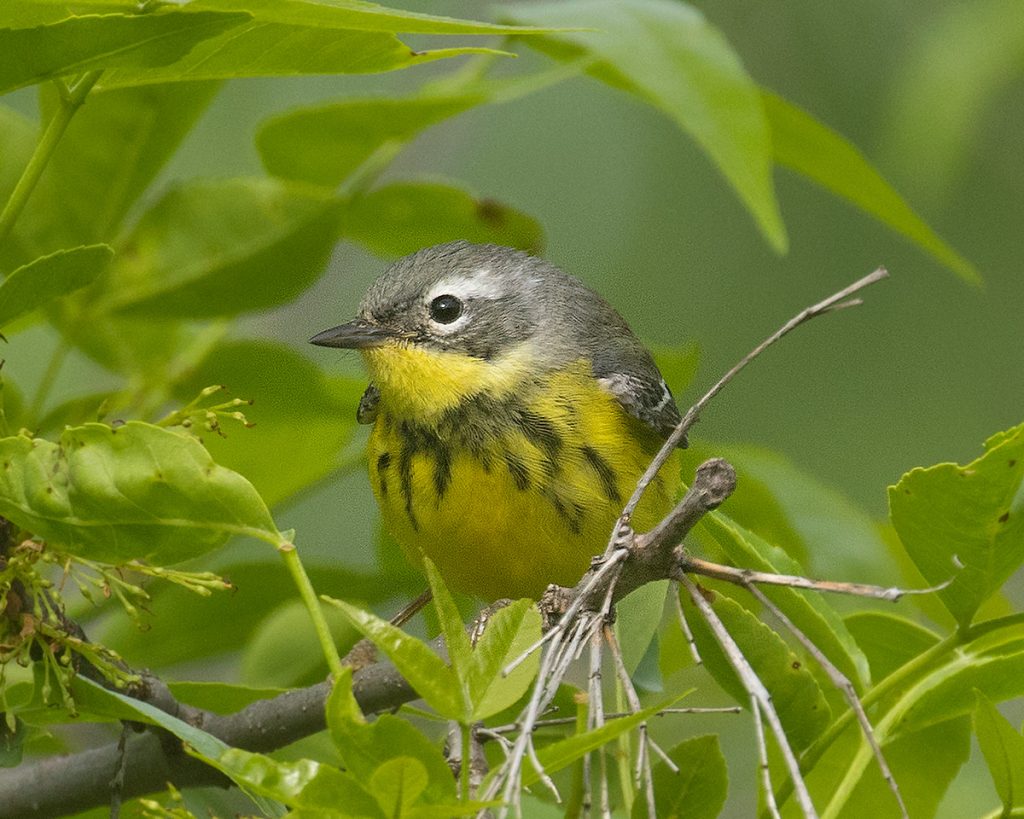
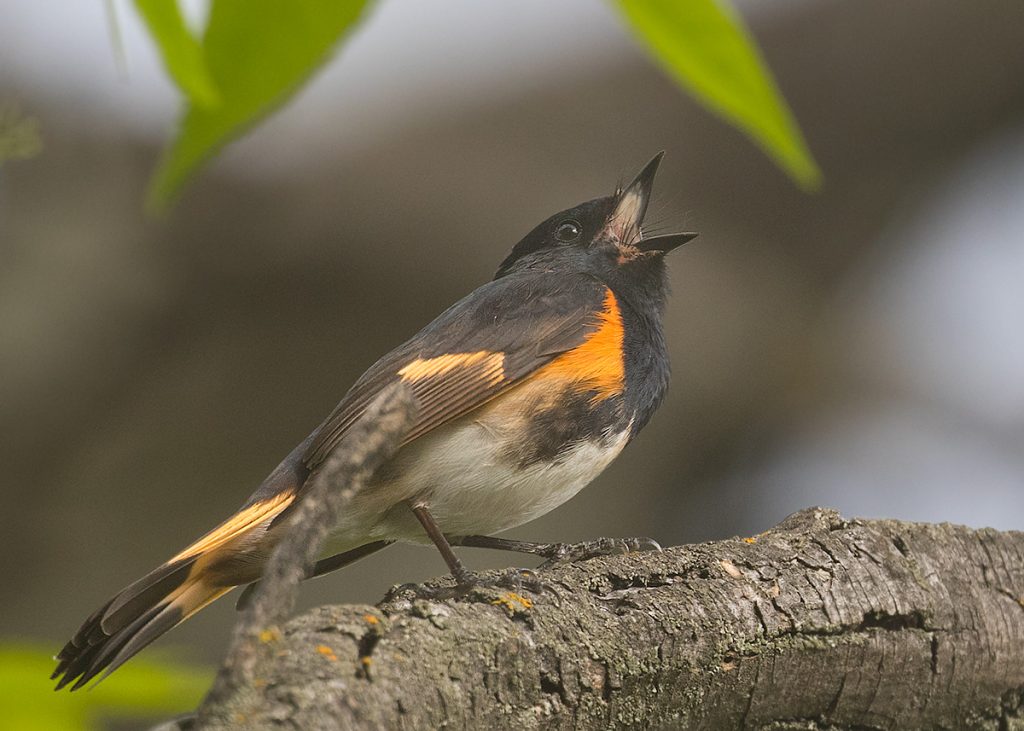
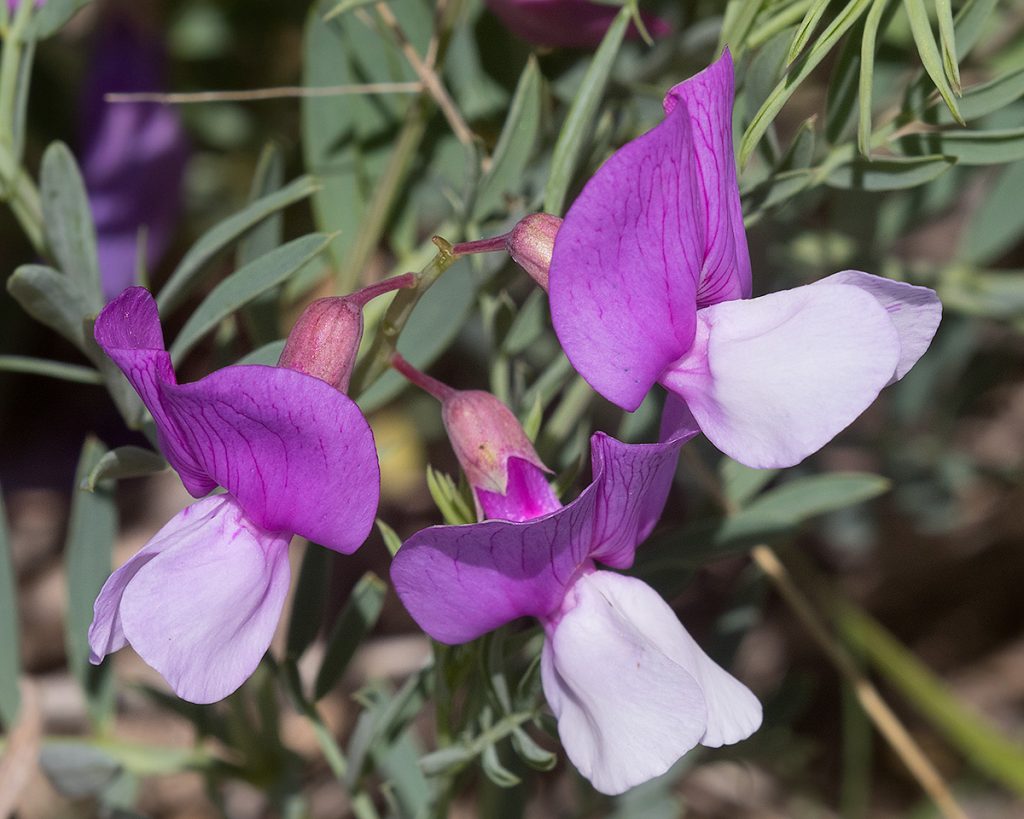
After all the miles of hiking around Granite Gap area, looking for lizards (and especially lifer herps!) I have never found a Texas Horned Lizard. This morning, I went to Lordsburg for groceries and gas and on the return trip took the road to Animas from I-10. About ten miles down the road, there was an odd looking lizard on the road, so I turned around and slowly approached it. It was a Texas Horned Lizard! Fortunately, State Highway 338 has very little traffic and I was able to take photos from the truck. I wanted to take more photos in a natural setting but when I parked the truck on the side of the road and started walking toward it, the lizard scooted off into some thick brush and I lost it.


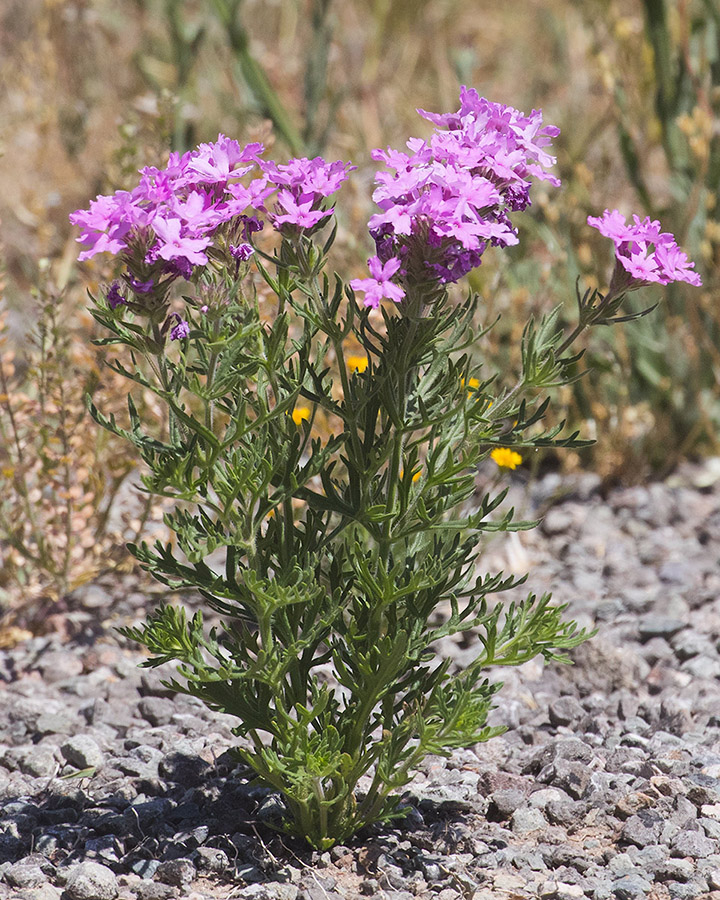
I’m still here, the weather is great and I’m having a good time. I’ve made a few trips to Cave Creek and one trip up to Rustler Park. At Rustler Park, nearly 10,000 ft. elevation, there is still snow in the gullies. I’ve been picking up birds that I haven’t seen for years, only because I haven’t looked for them. I’m at 220 species now, compared to 151 at this time last year.
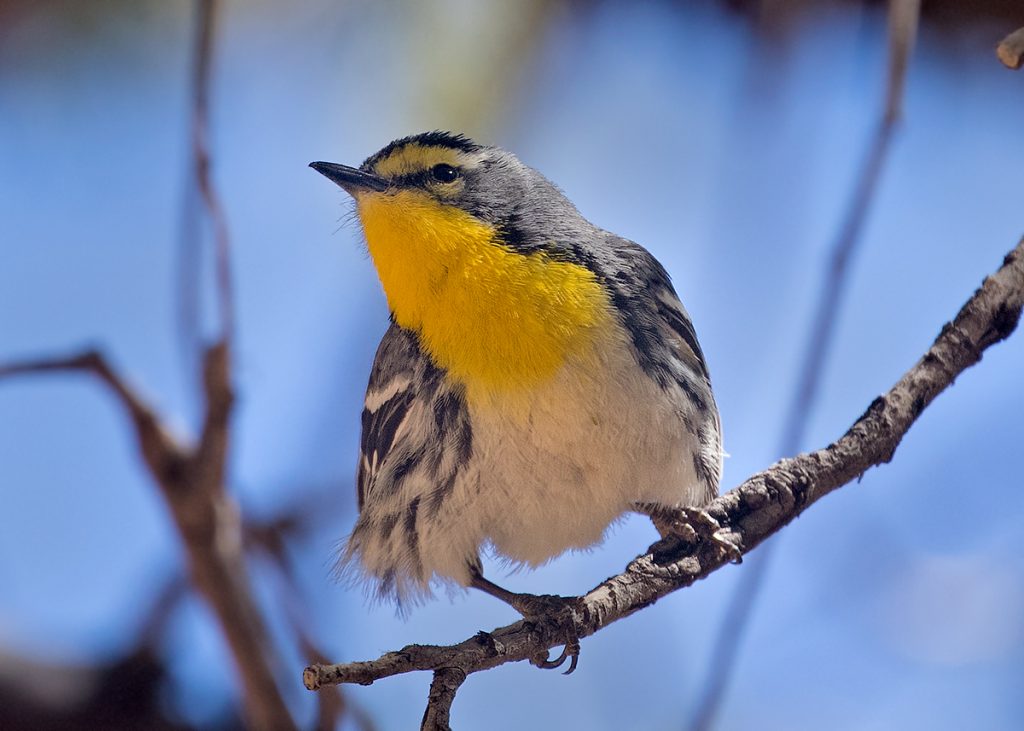
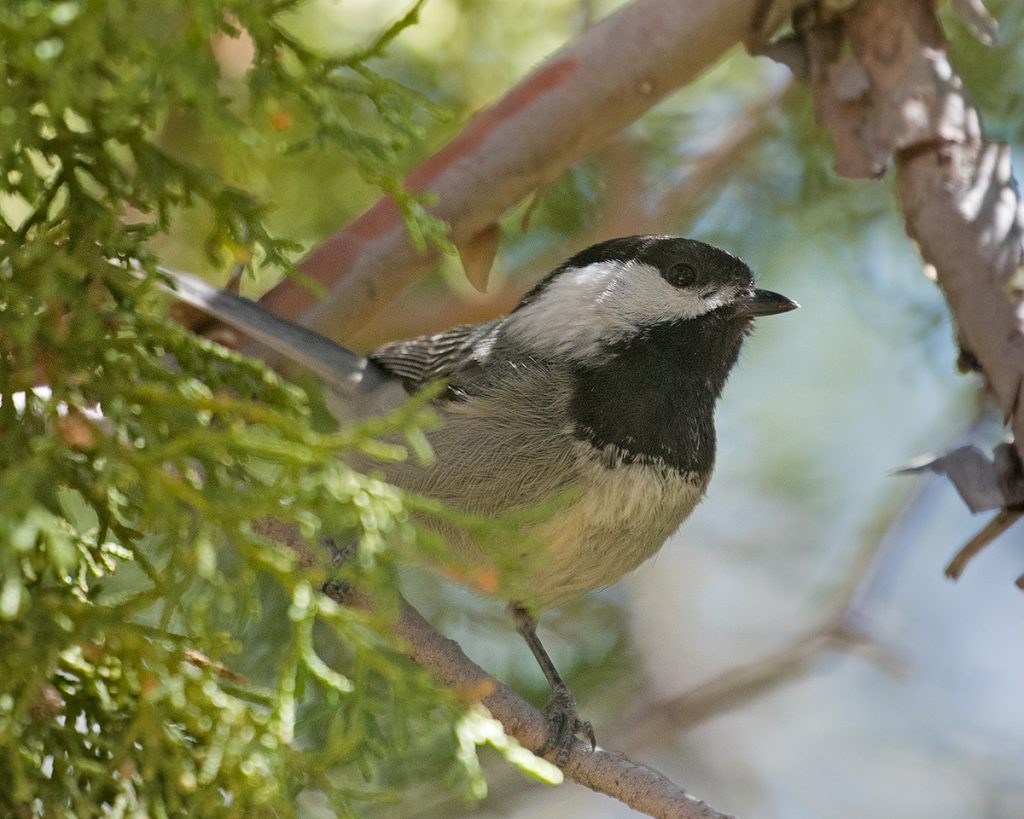

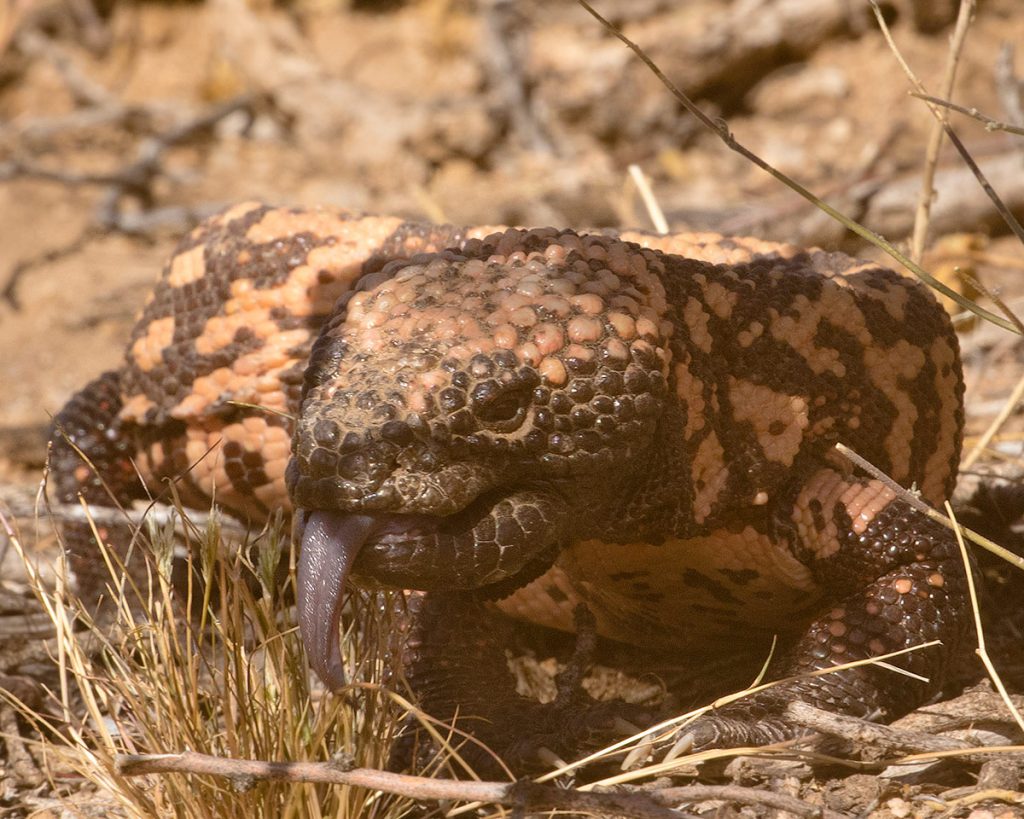
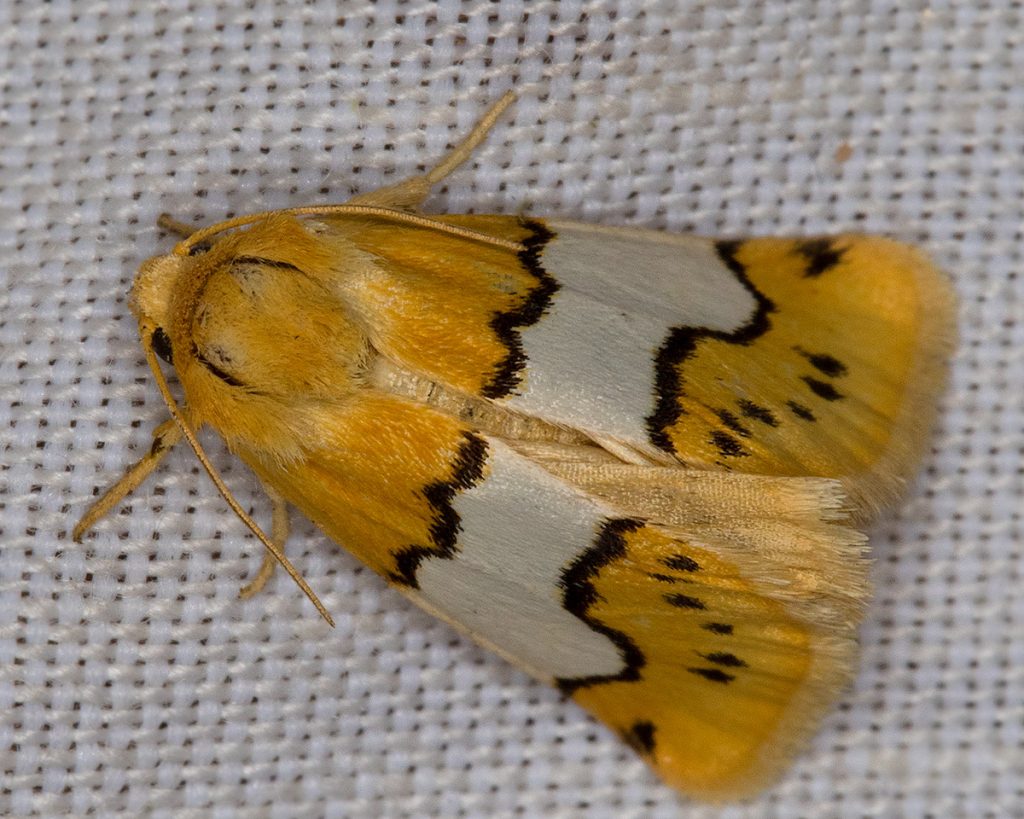
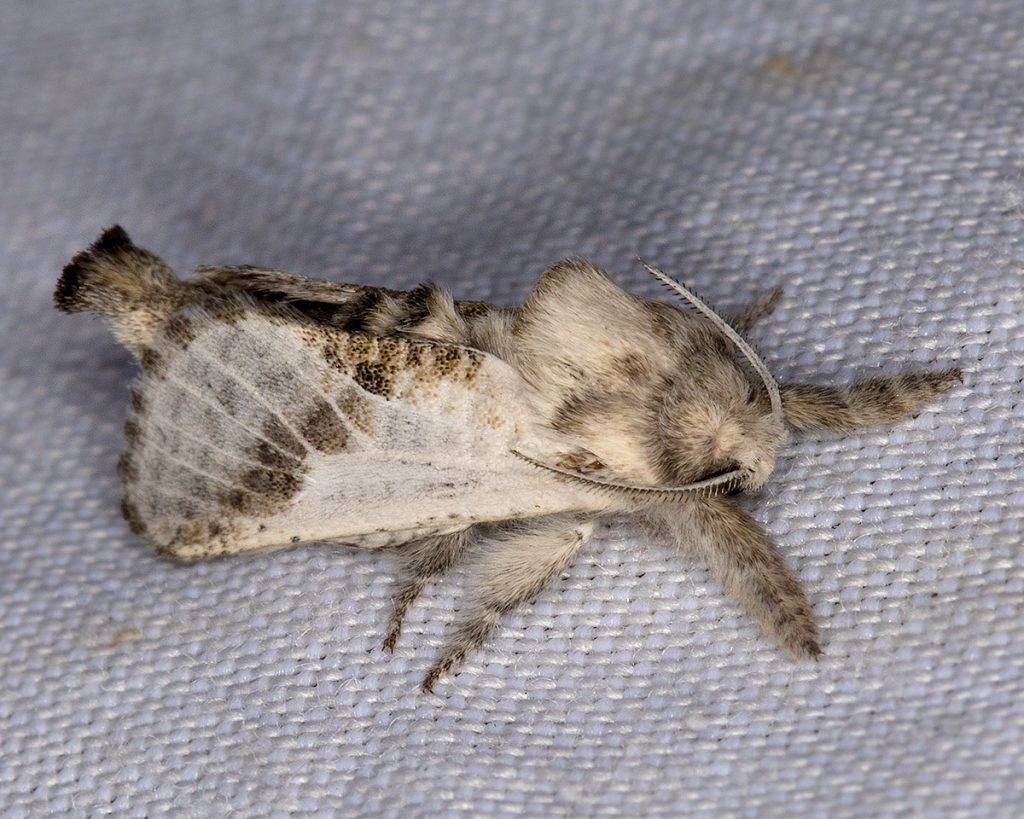

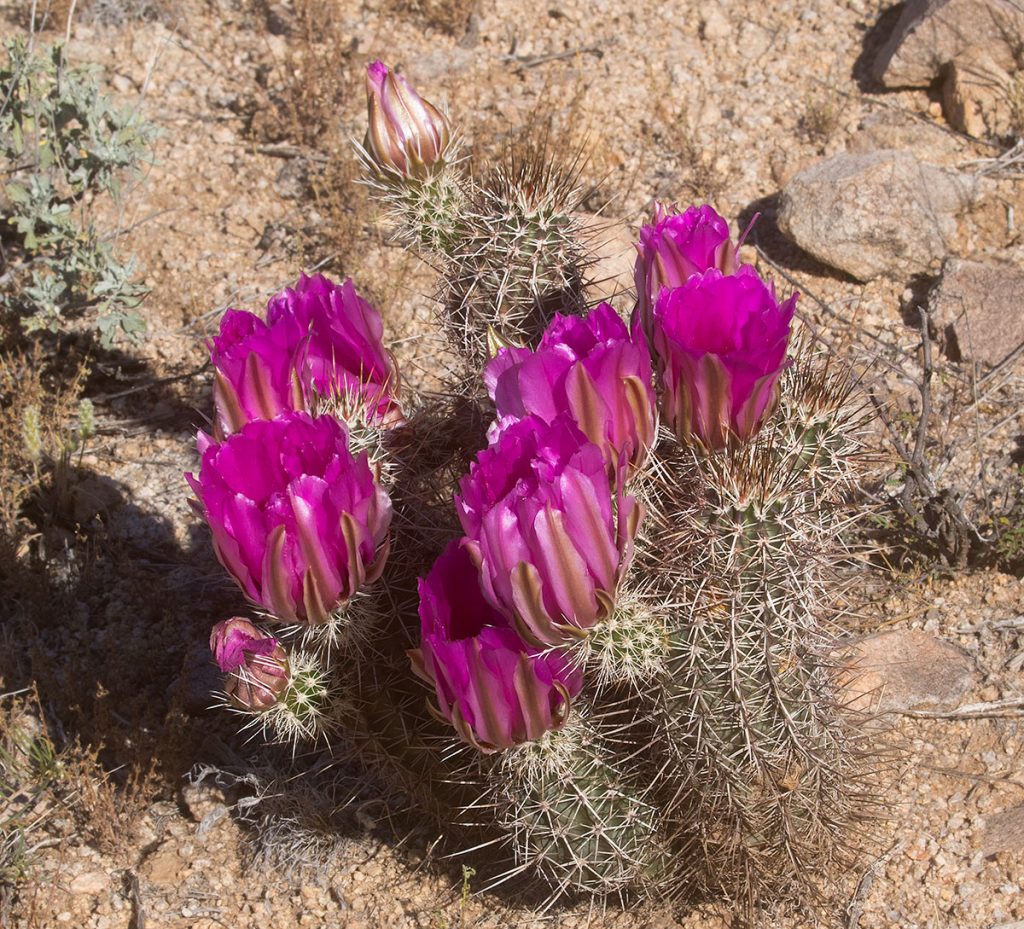


I left Ajo last Monday and drove to the Empire Ranch, also known as Las Cienegas National Conservation Area. It has been several years since I’ve stopped there. I spent 3 days birding in the Empire Gulch, Box Canyon, Madera Canyon, and the Patagonia area. I picked up a lot of birds that I haven’t seen for years, but the photography wasn’t very good. Some of the best birds were Thick-billed Kingbird, Berylline Hummingbird, Violet-crowned Hummingbird, many Gray Hawks, several Zone-tailed Hawks, and an Arizona Woodpecker, among many other species. Here are a few eBird checklists: Box Canyon, Santa Rita Lodge in Madera Canyon, Madera Kubo Lodge, Patagonia Blue Haven Rd., Pattons, and Empire Gulch. I’m trying to live up to my New Year’s Resolution, to pick up as many species as I can this year. So far, I’m at 191 species, compared to 145 at this time last year. Now, I’m at Granite Gap. I plan to continue birding in as many places as I can get to for the next few days, then focus on astrophotography.
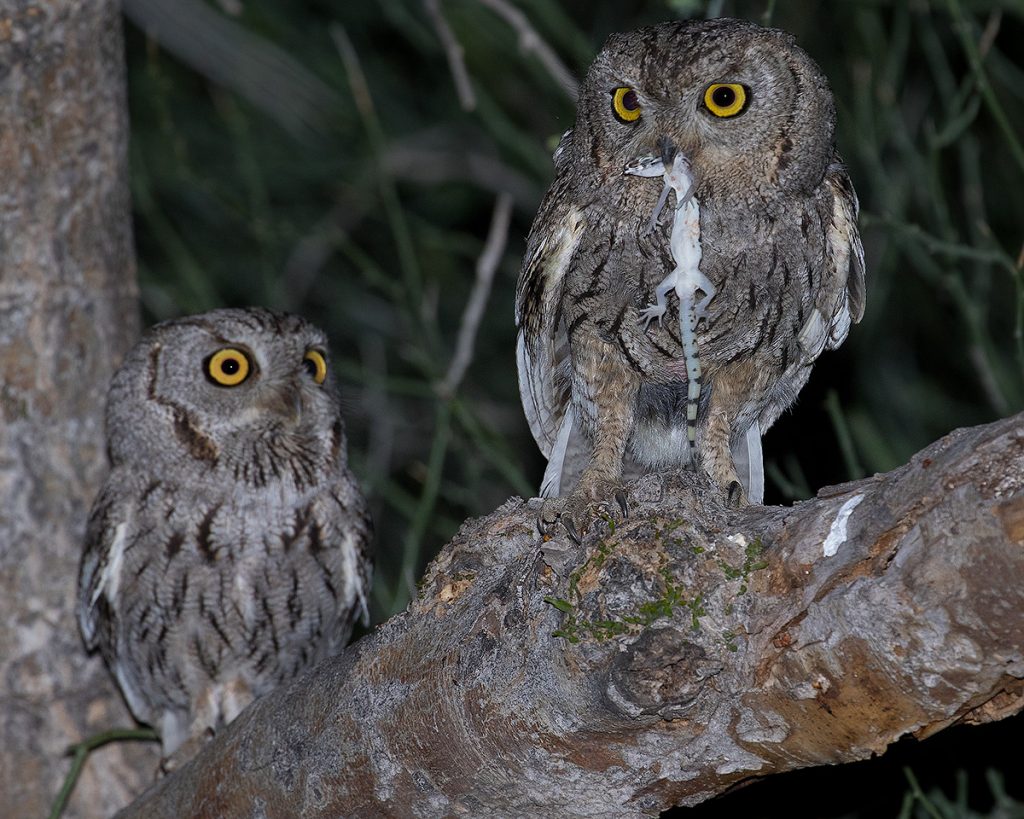
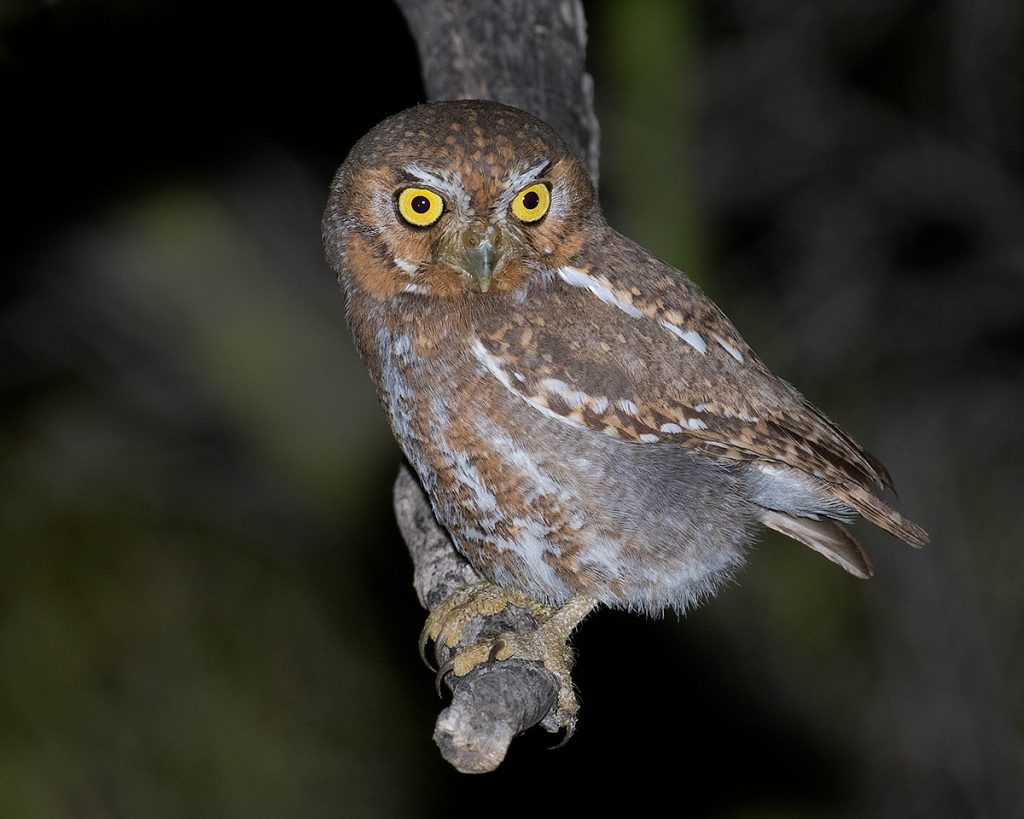
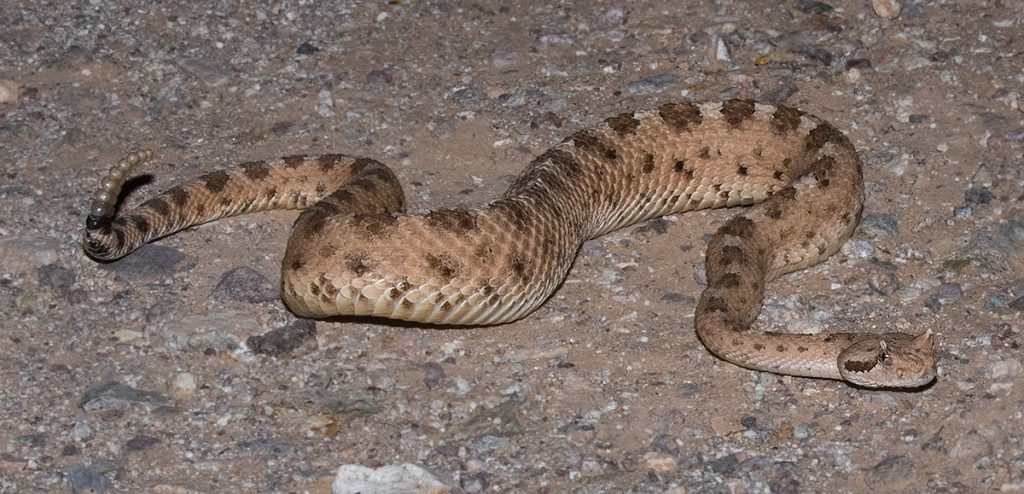
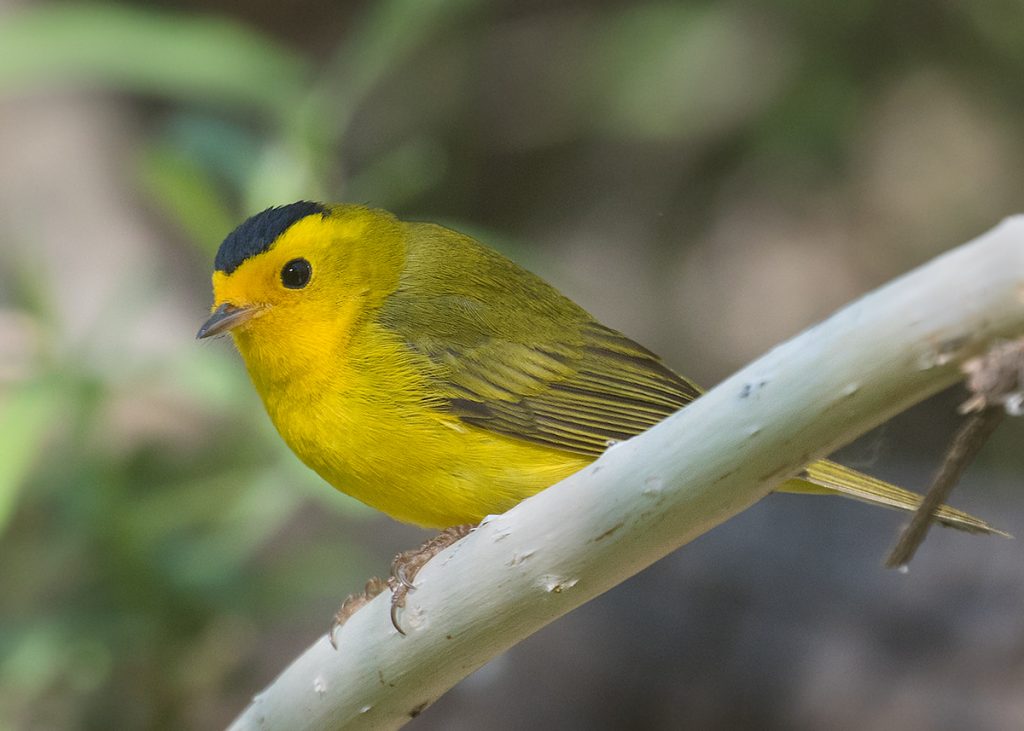
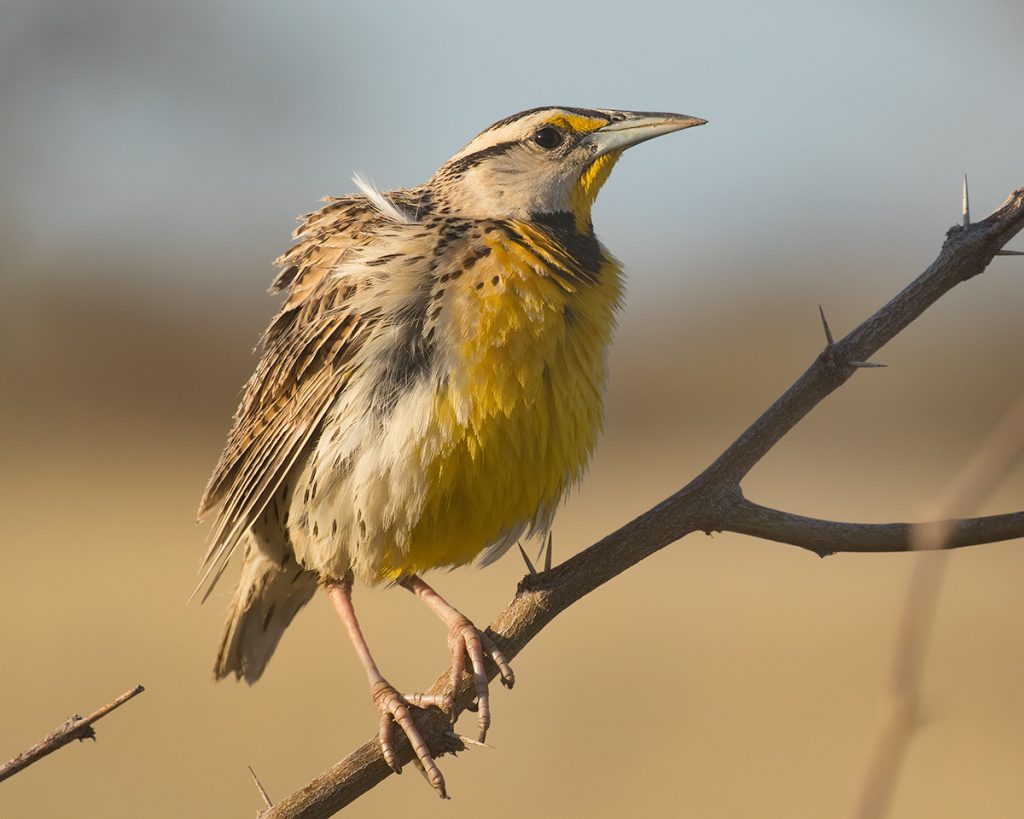
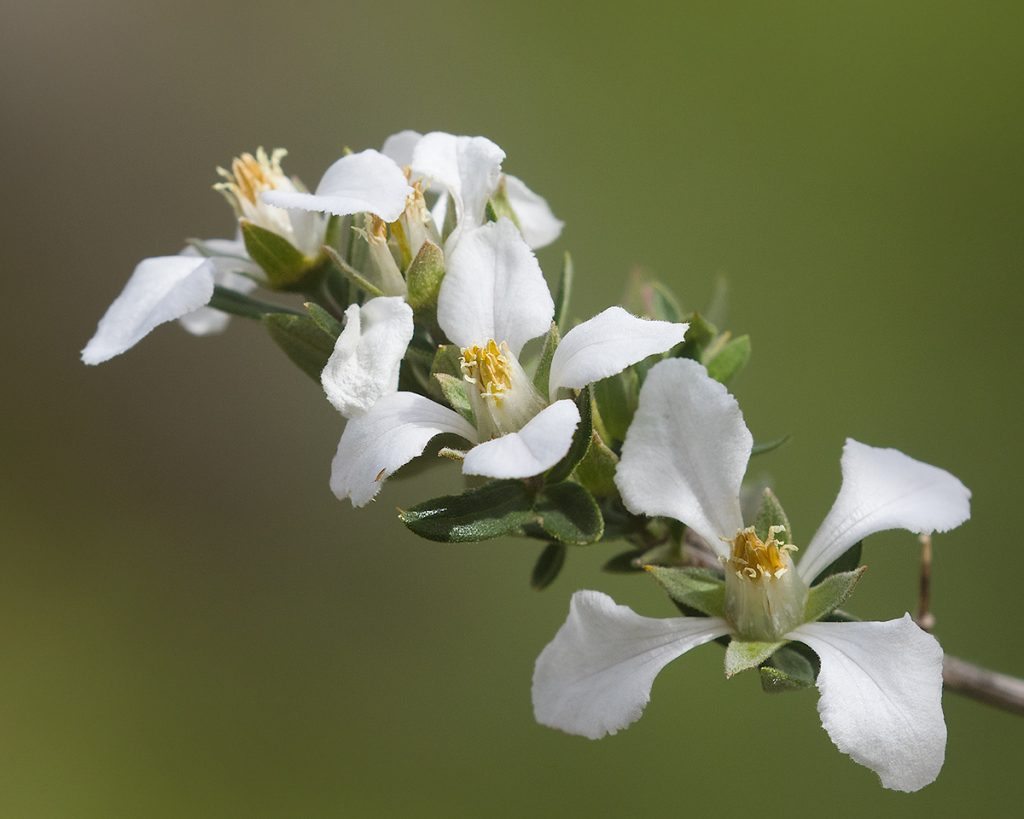
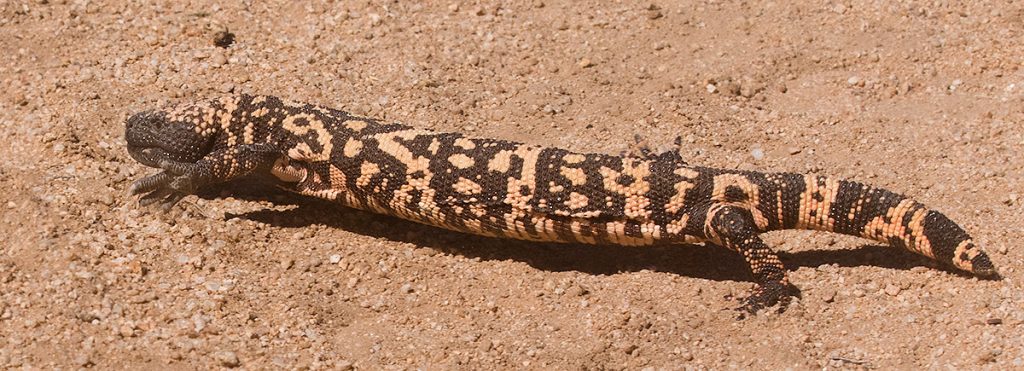
I am still in Ajo. As long as it doesn’t get too hot, I’m not inclined to leave. I had a few good nights for astro but now the moon is getting bright again. Although the new dual band filter allows me to image nebulas in moonlight, it does not work for galaxies. Light pollution and moonlight are galaxies killers! Dark skies are needed. Birding has remained slow. I do have a few photos to show though.
